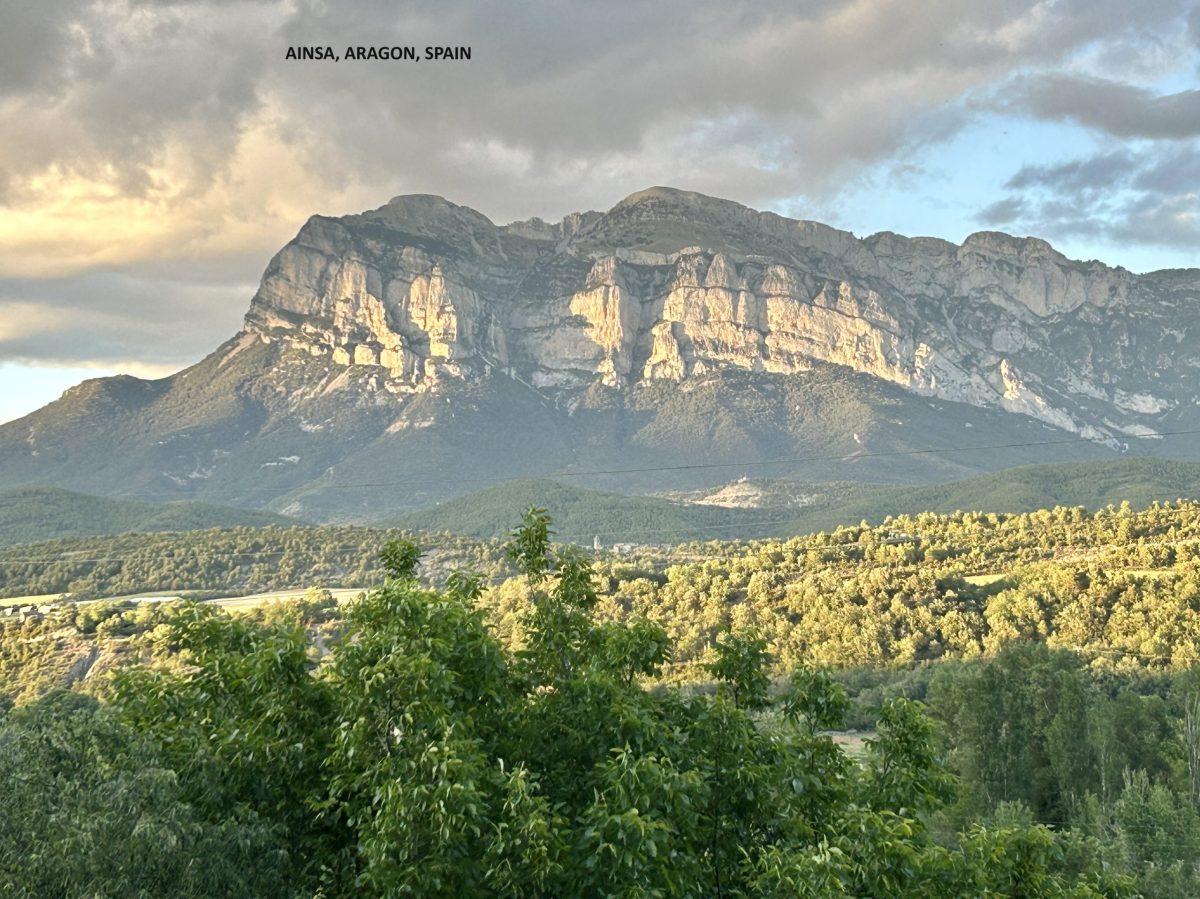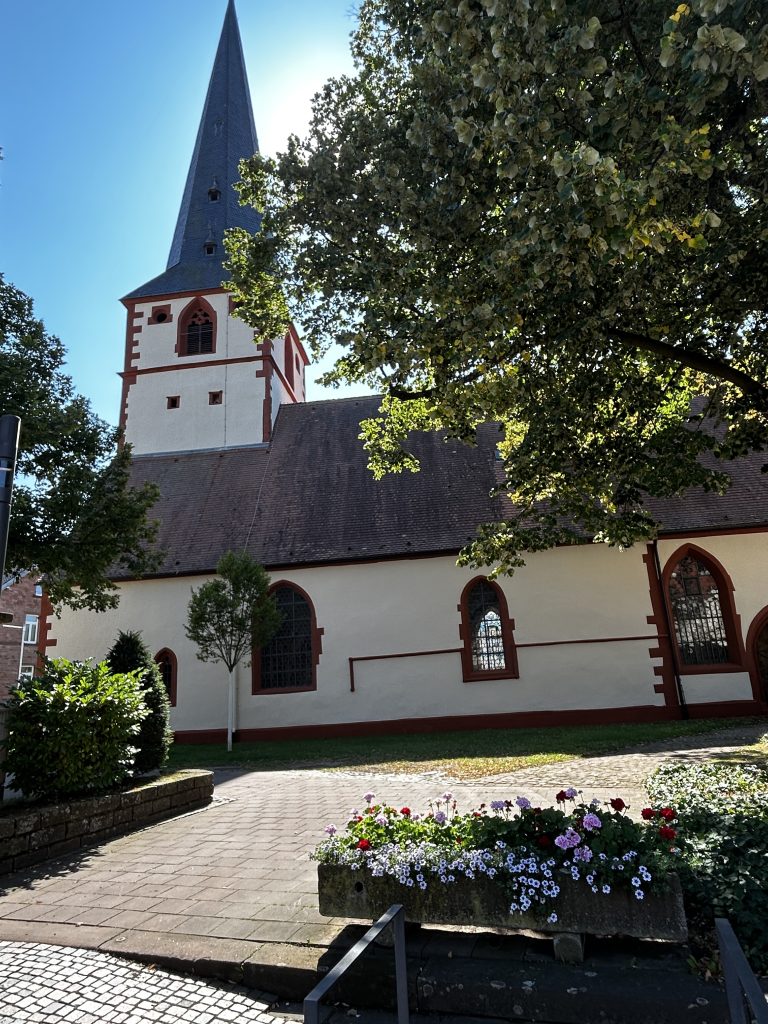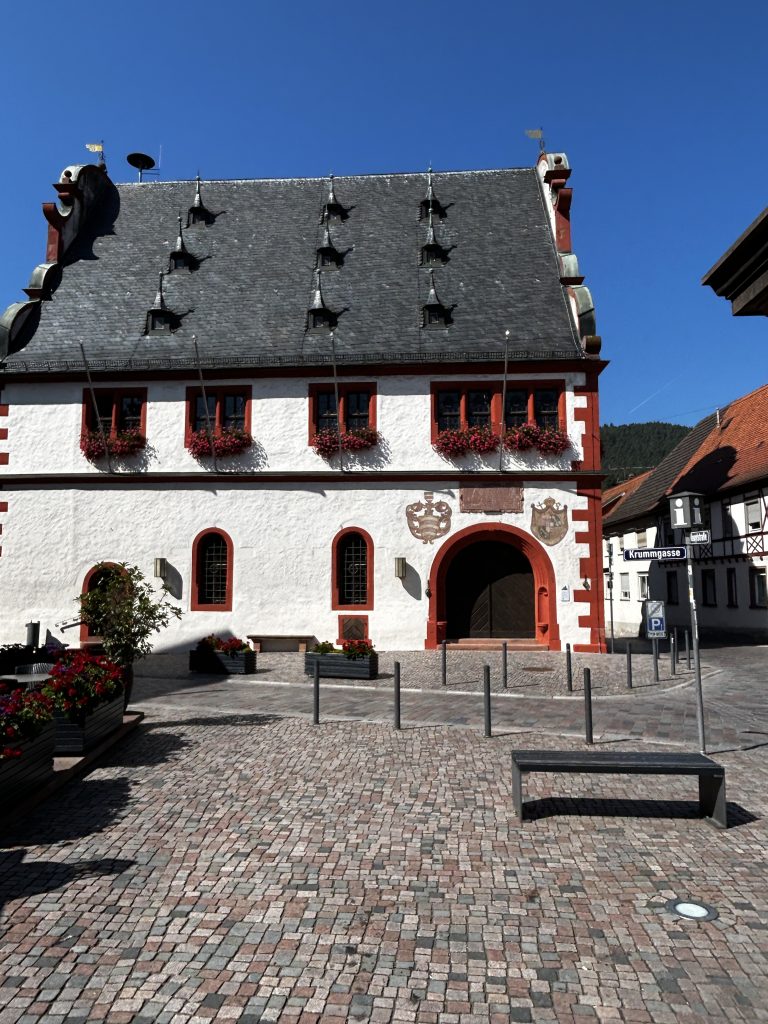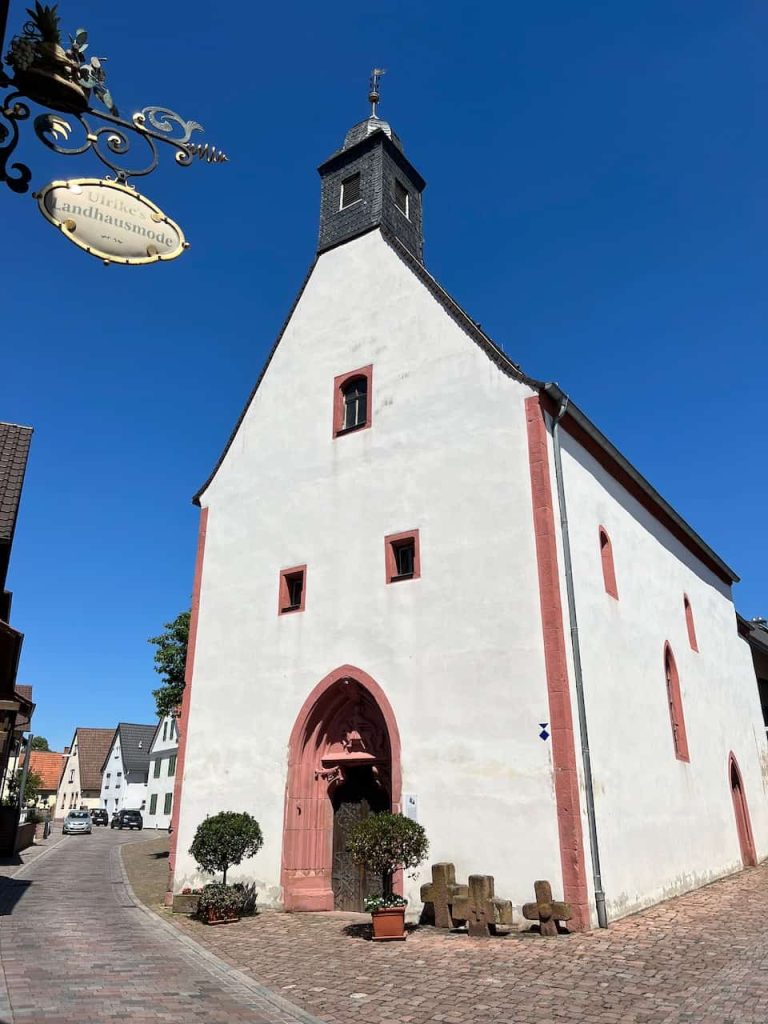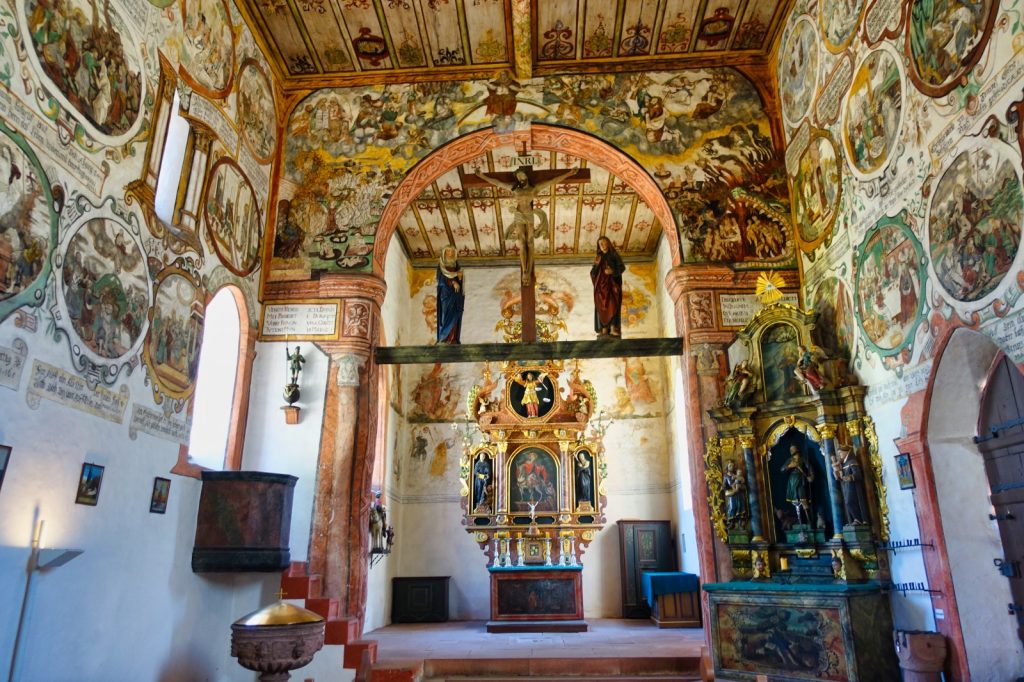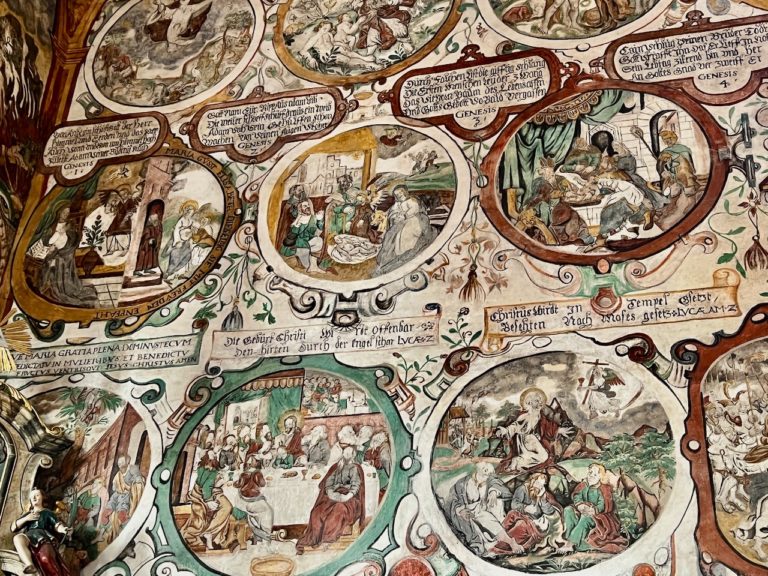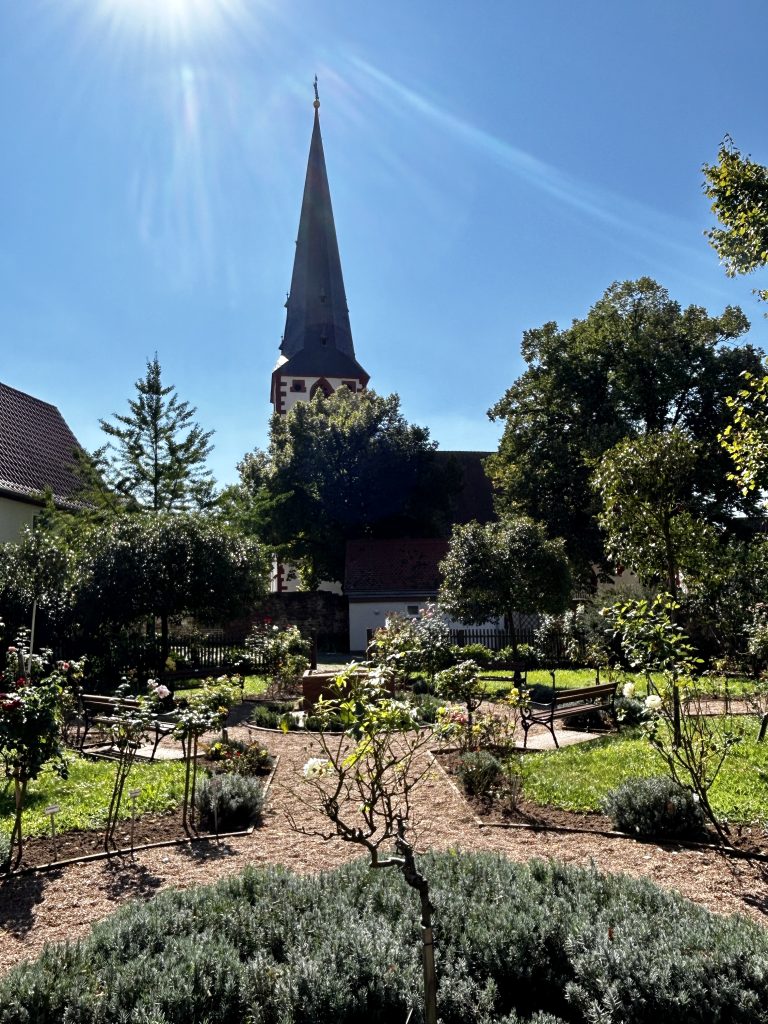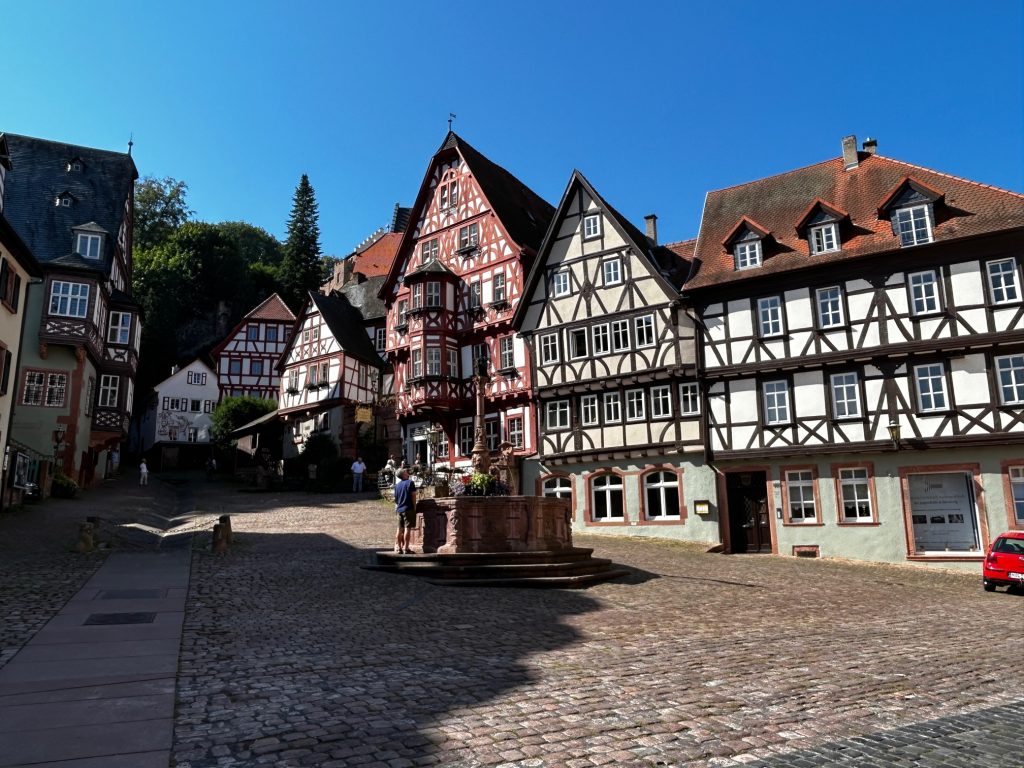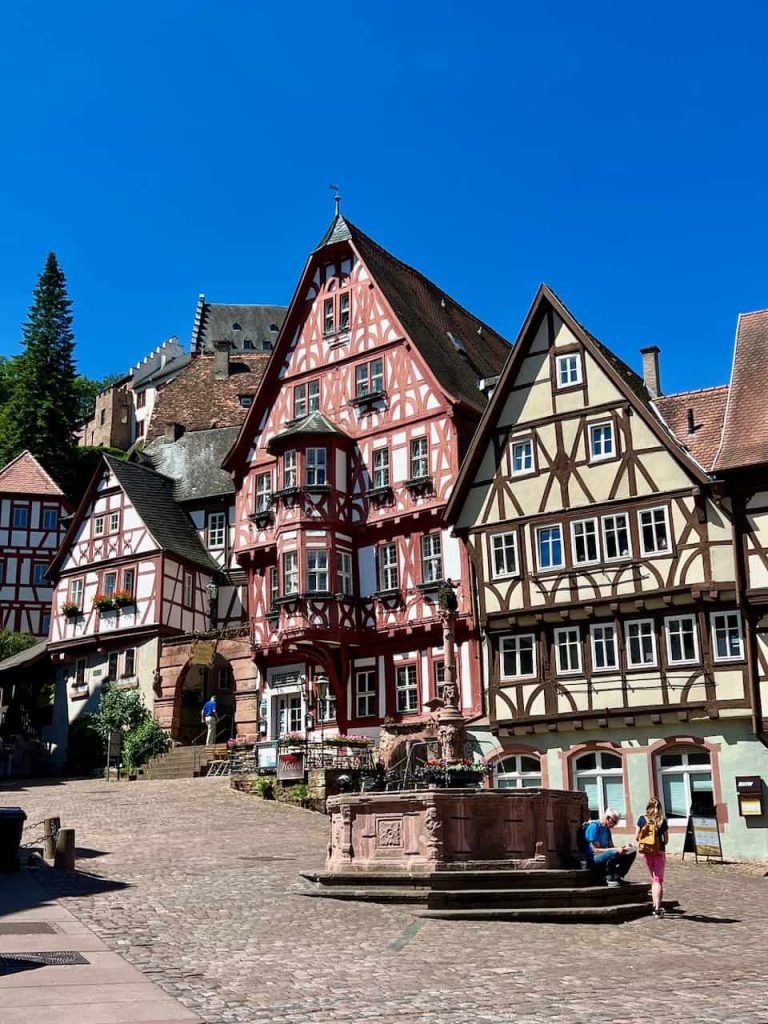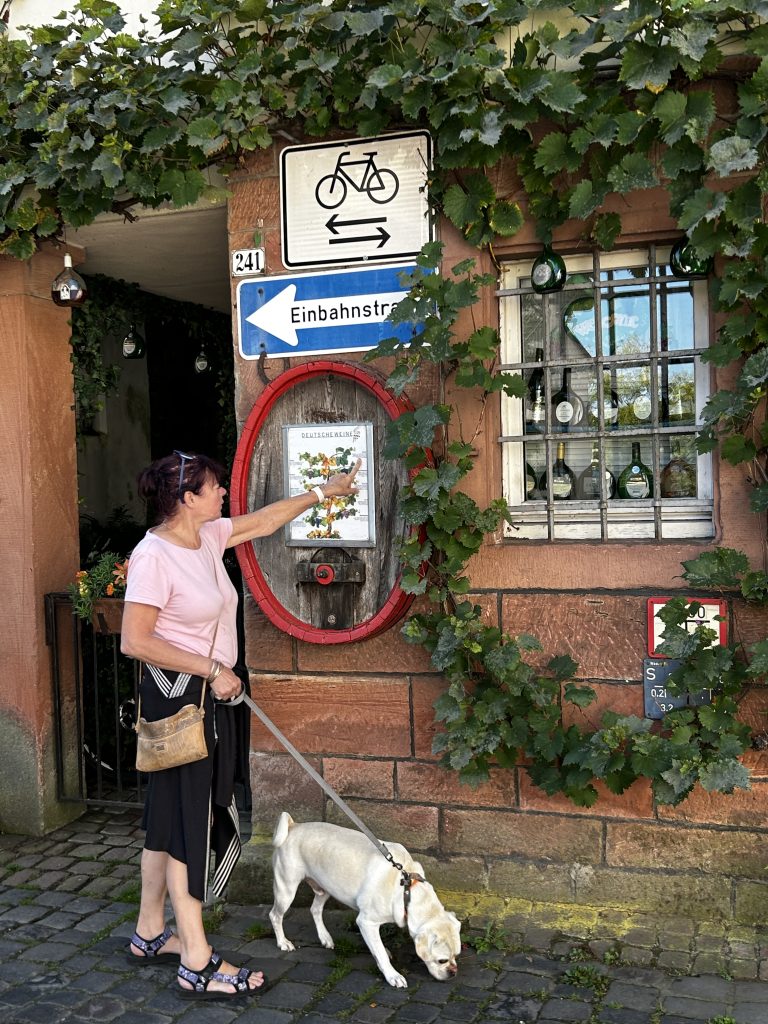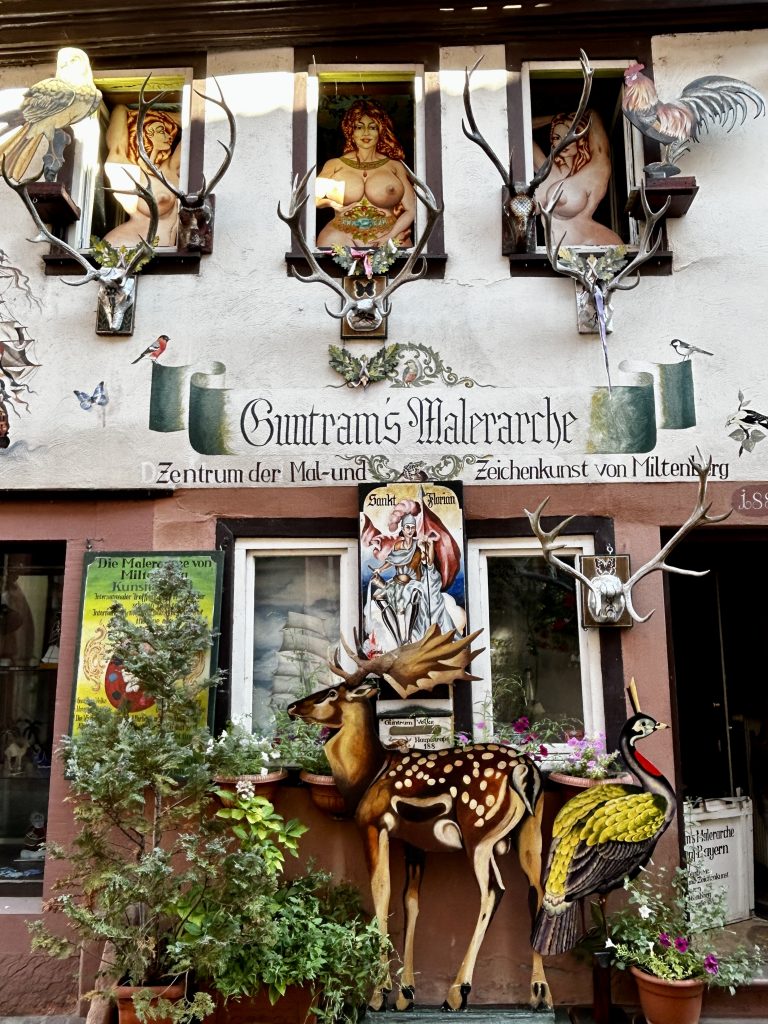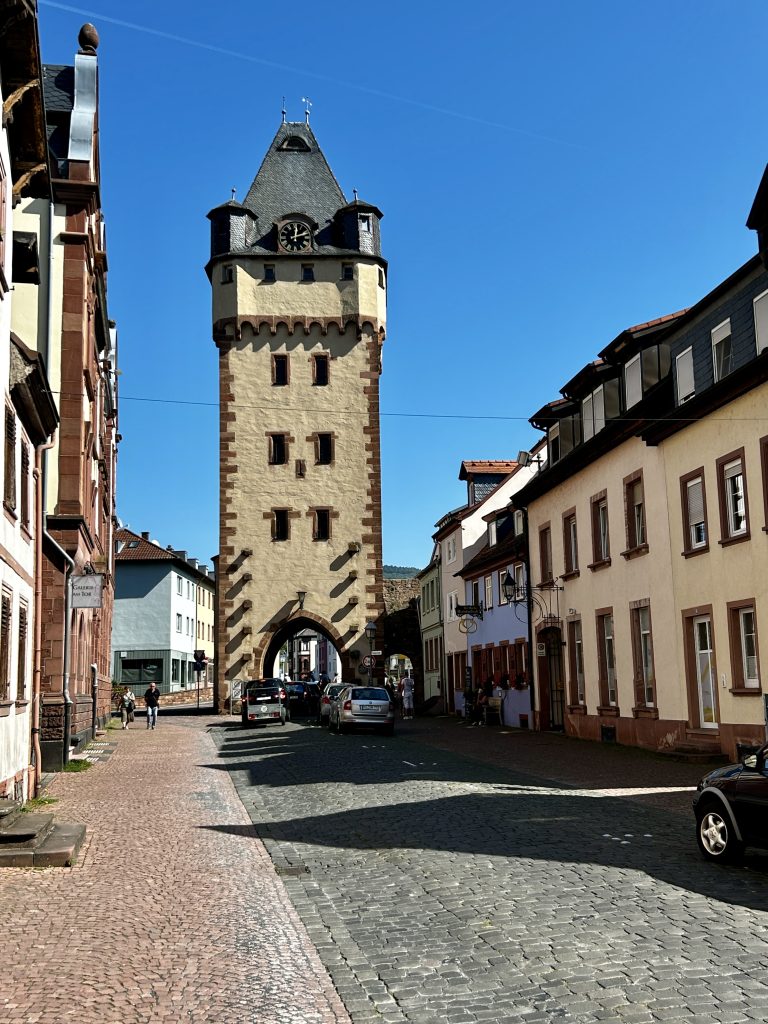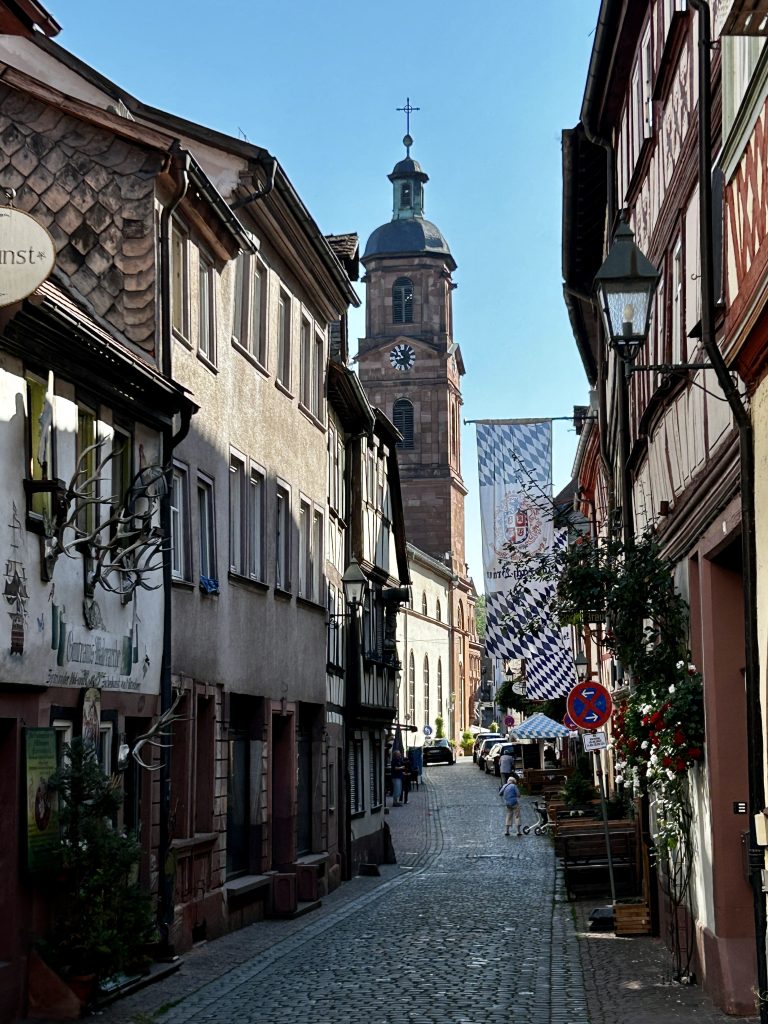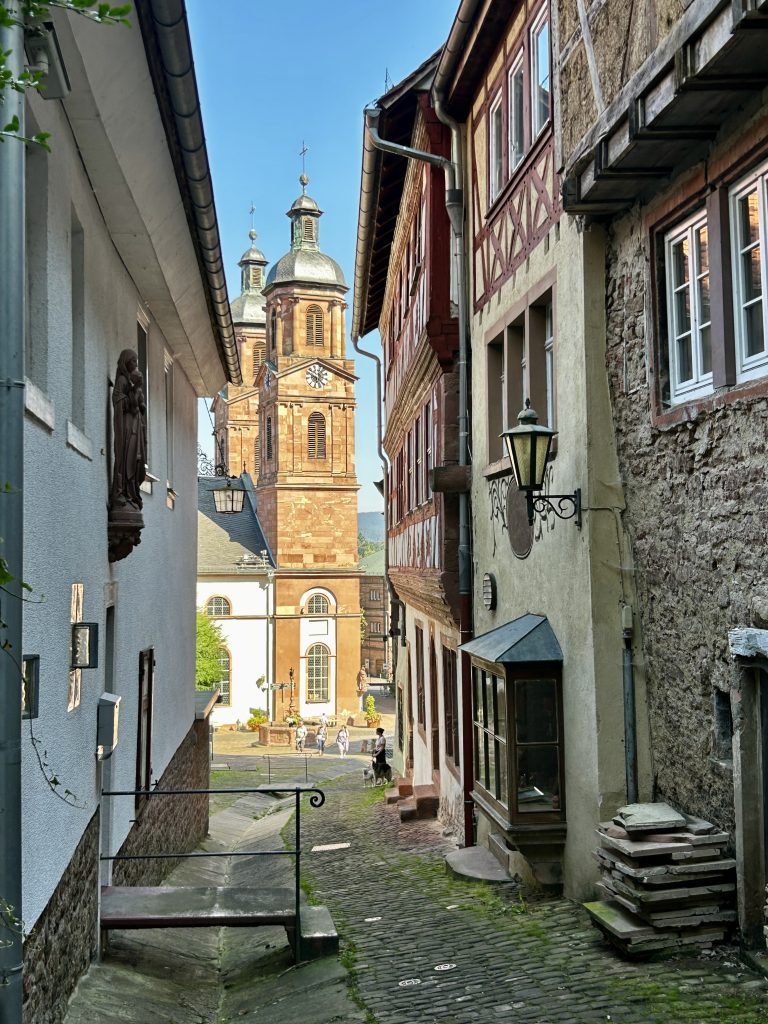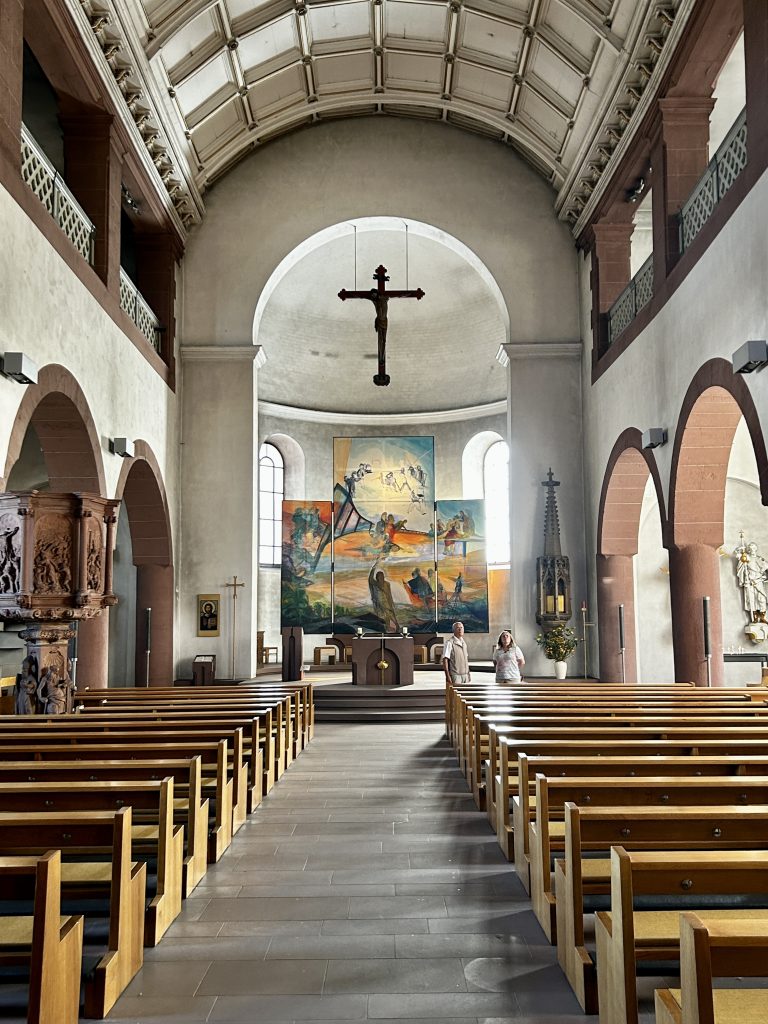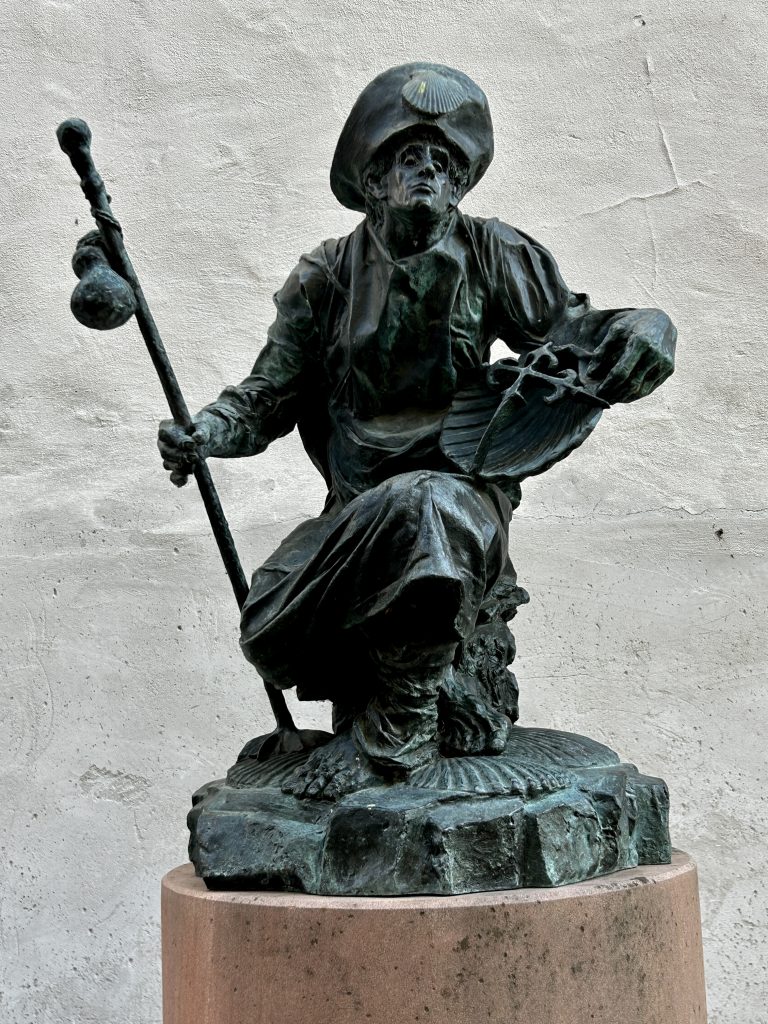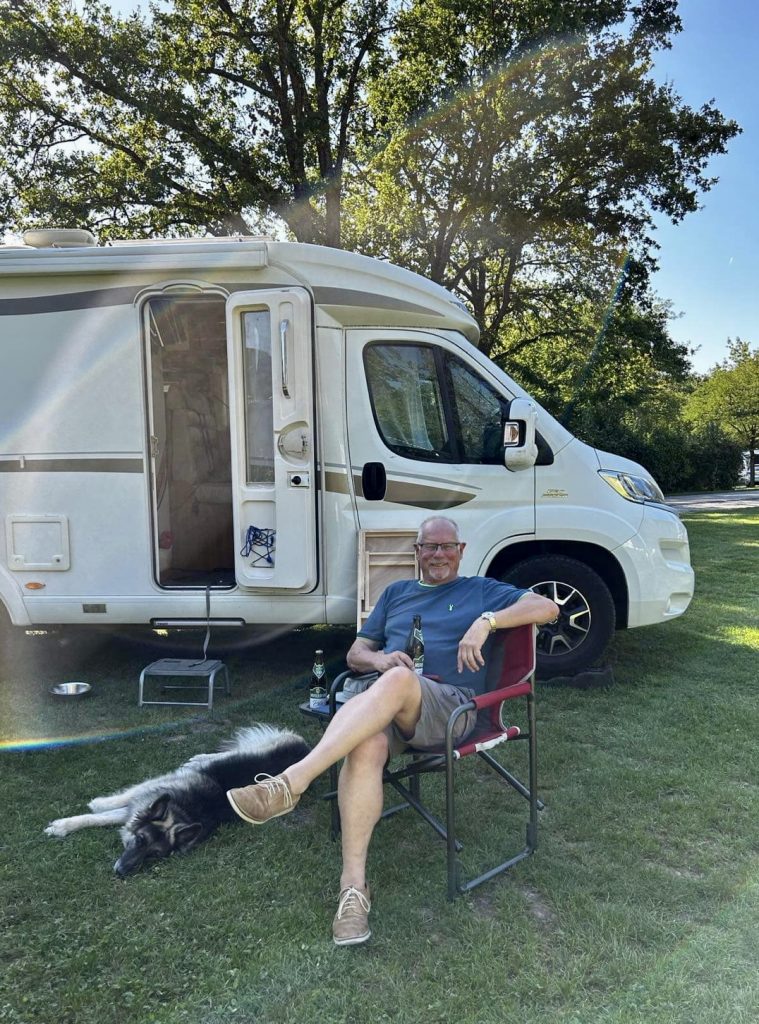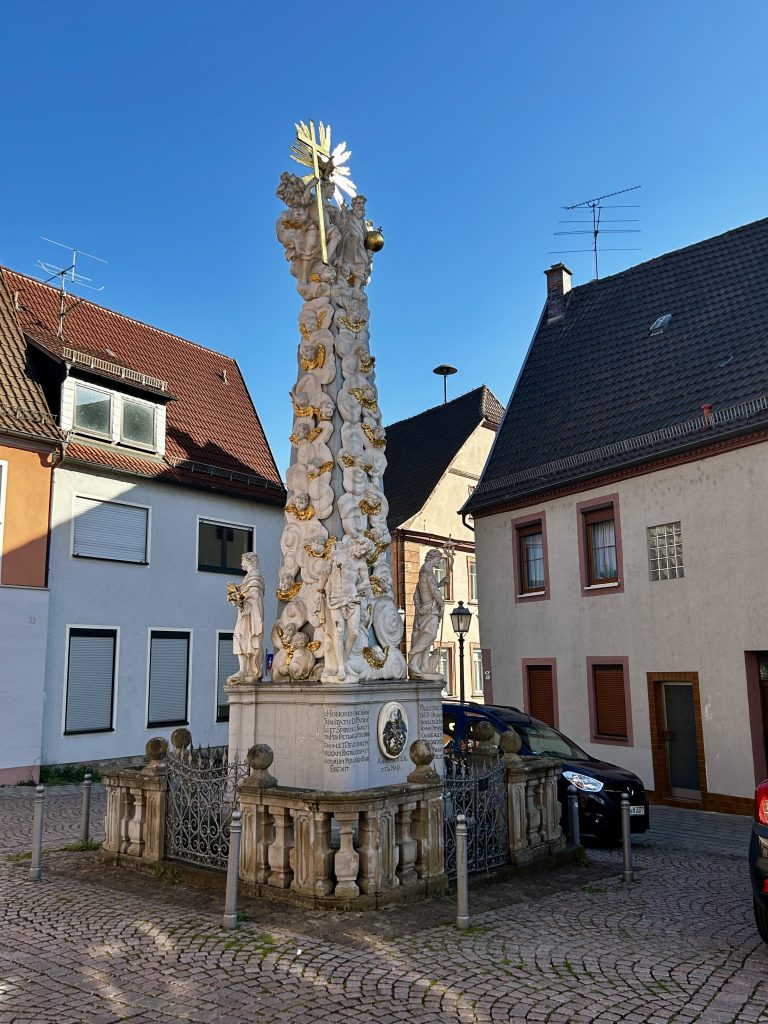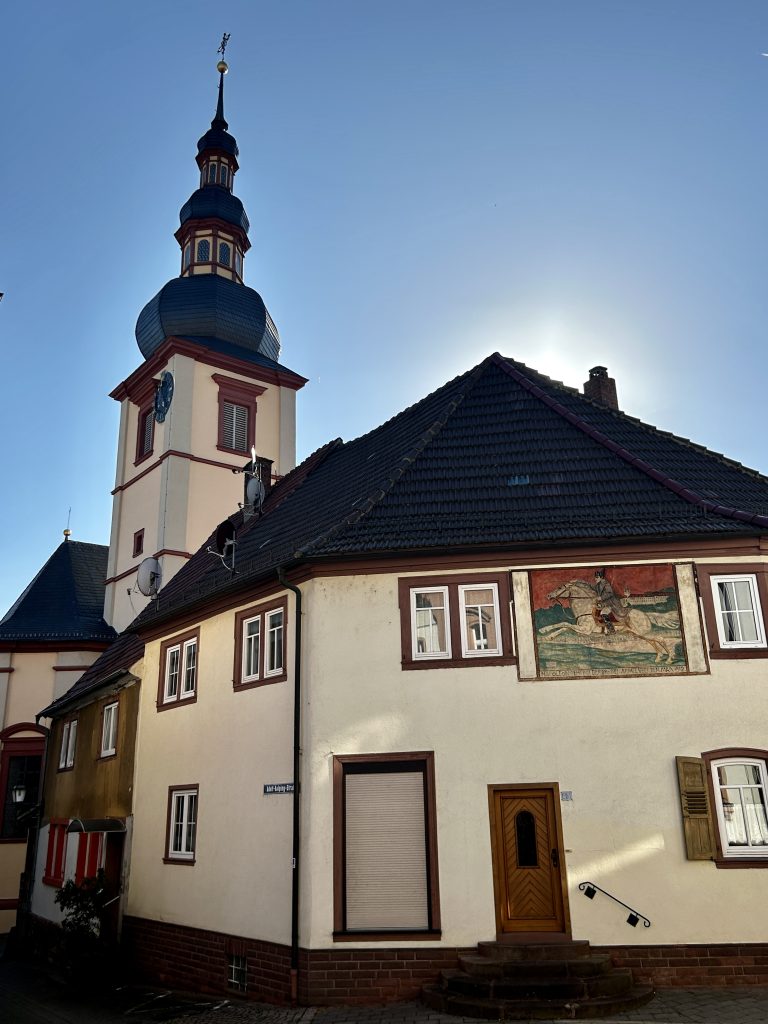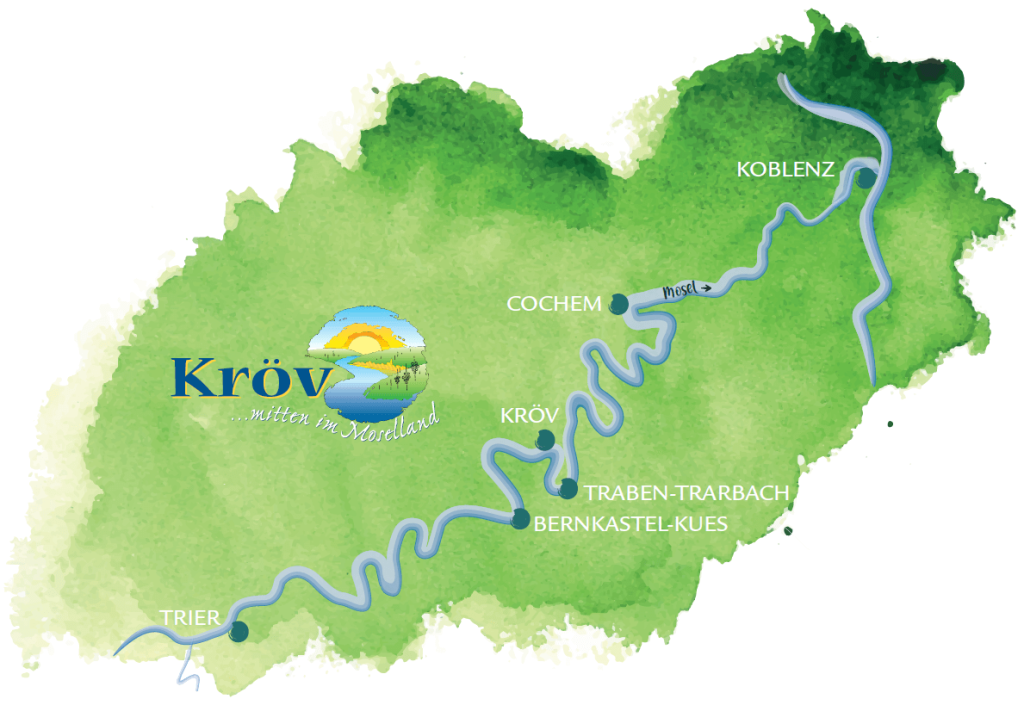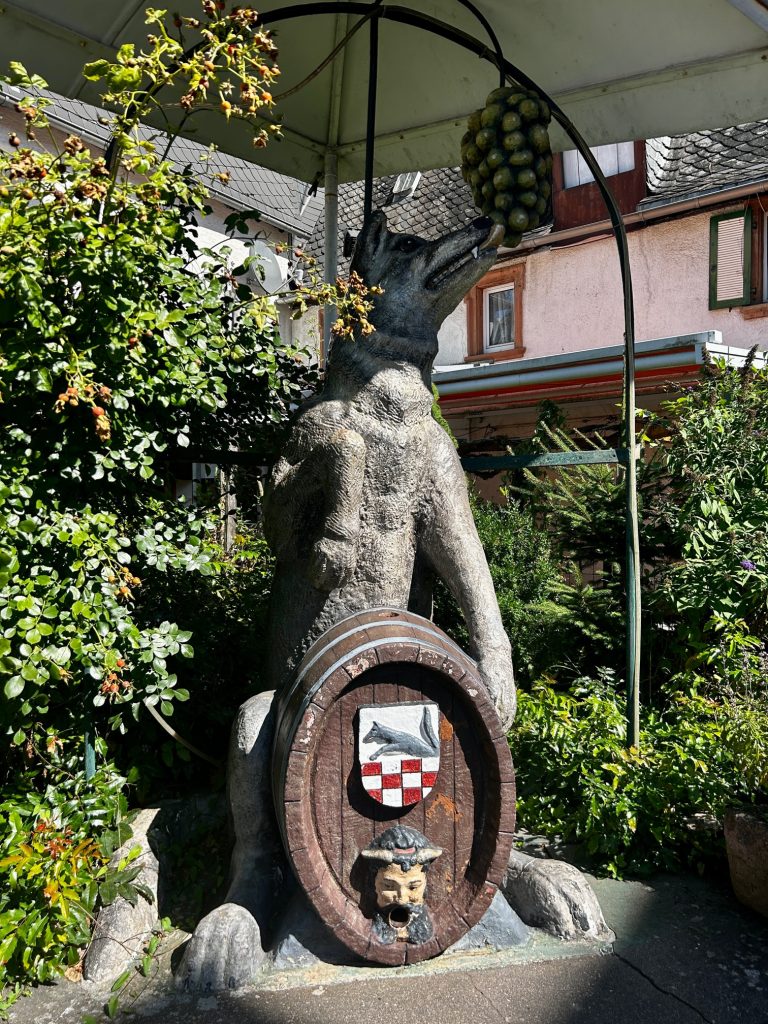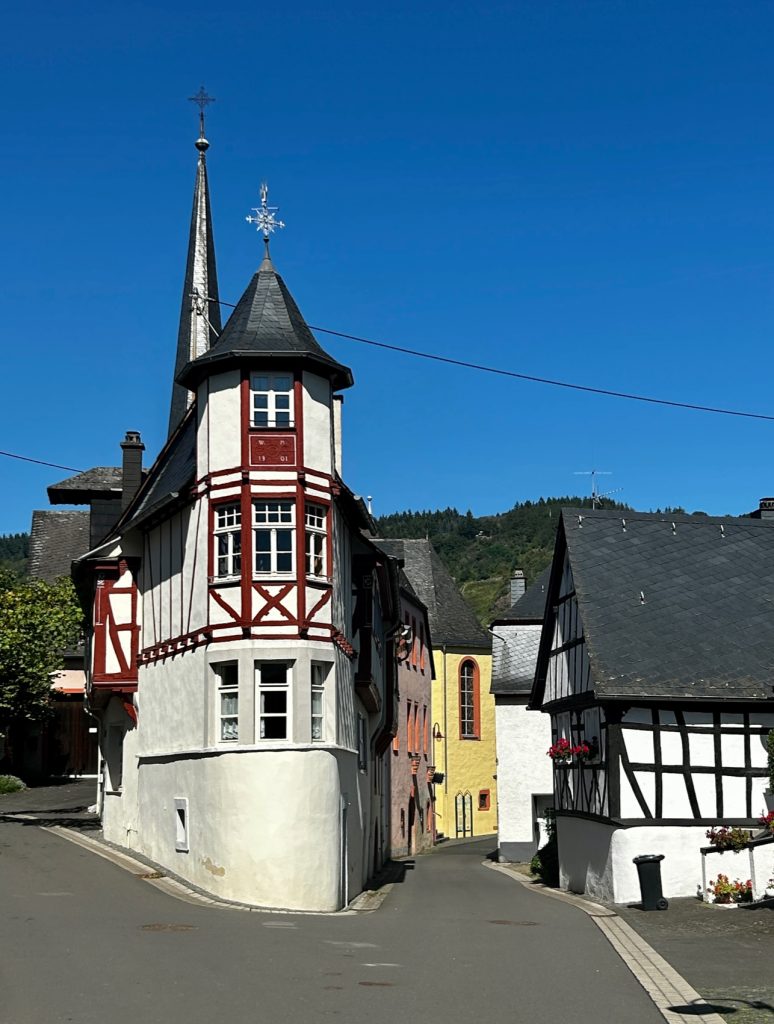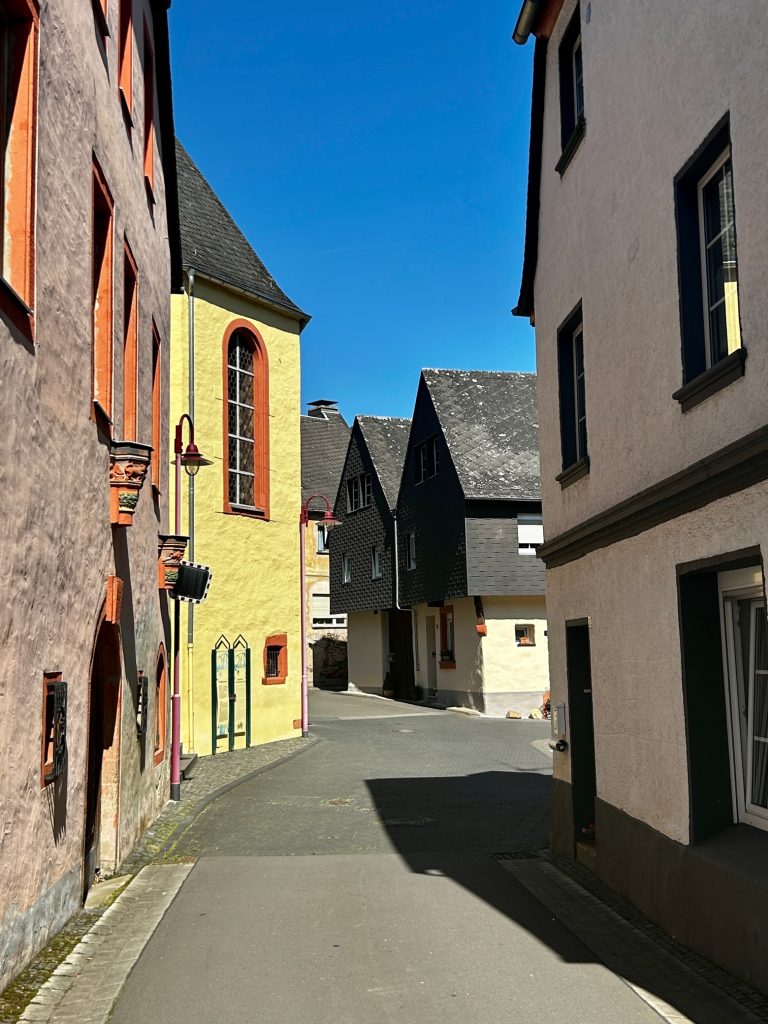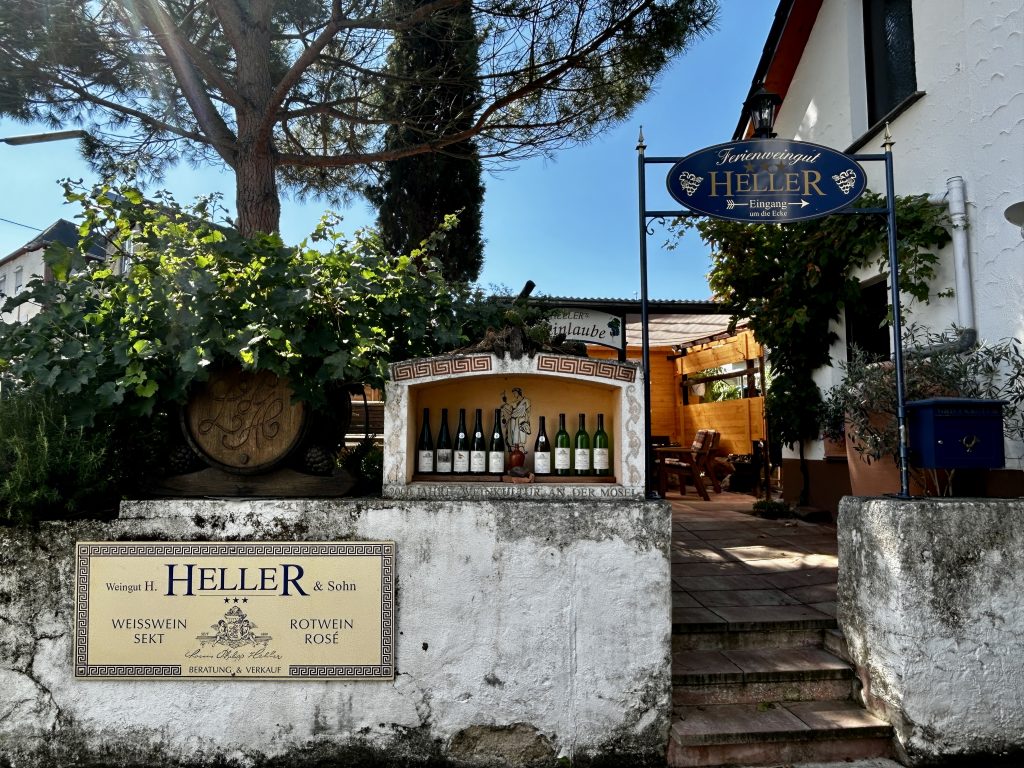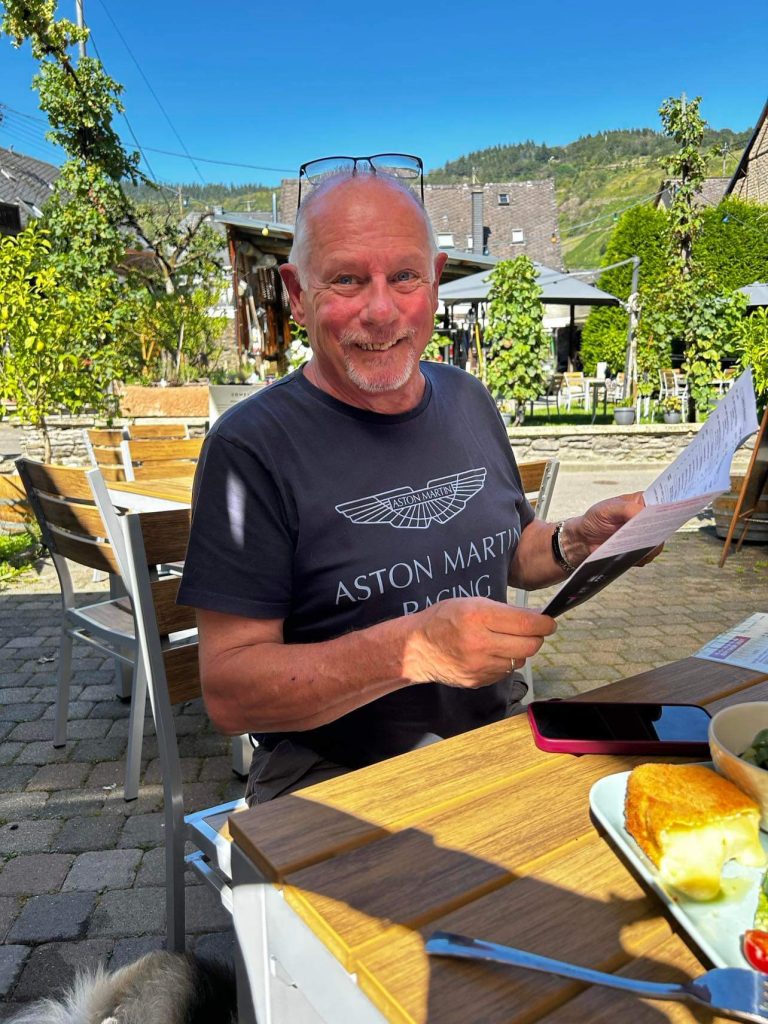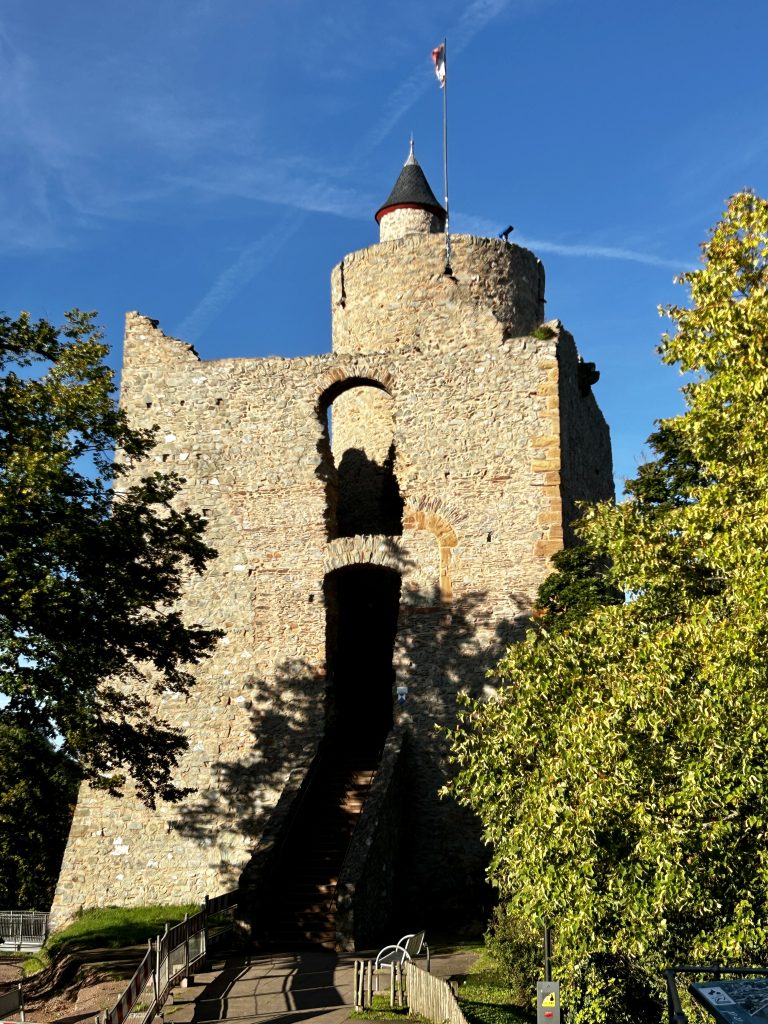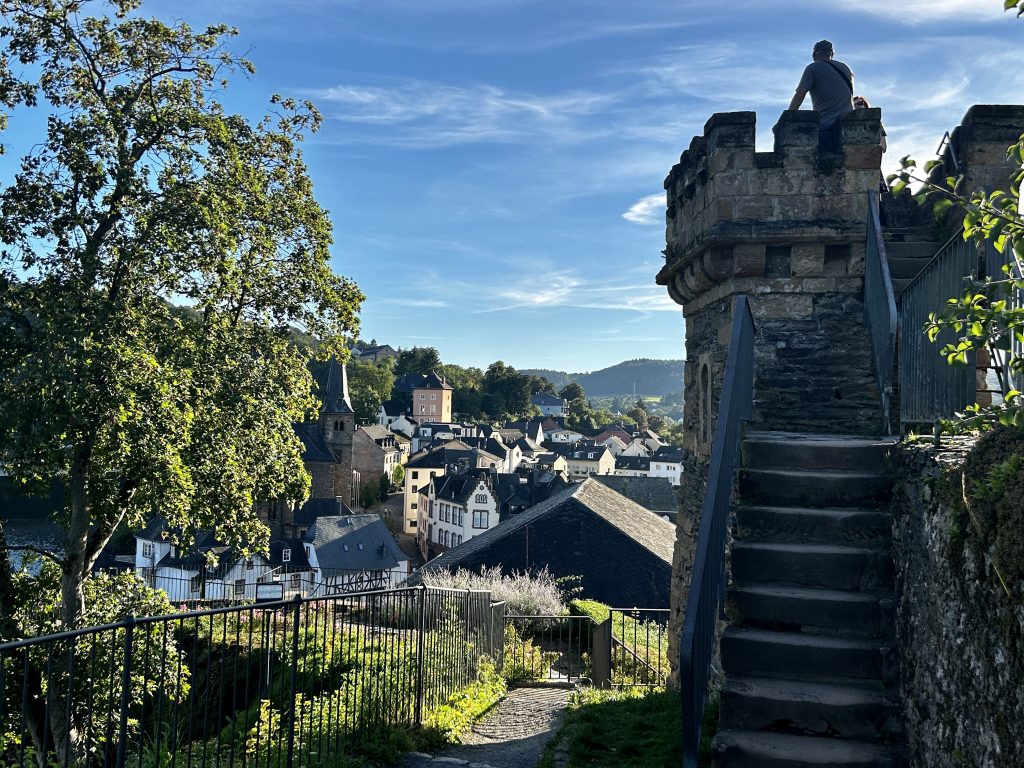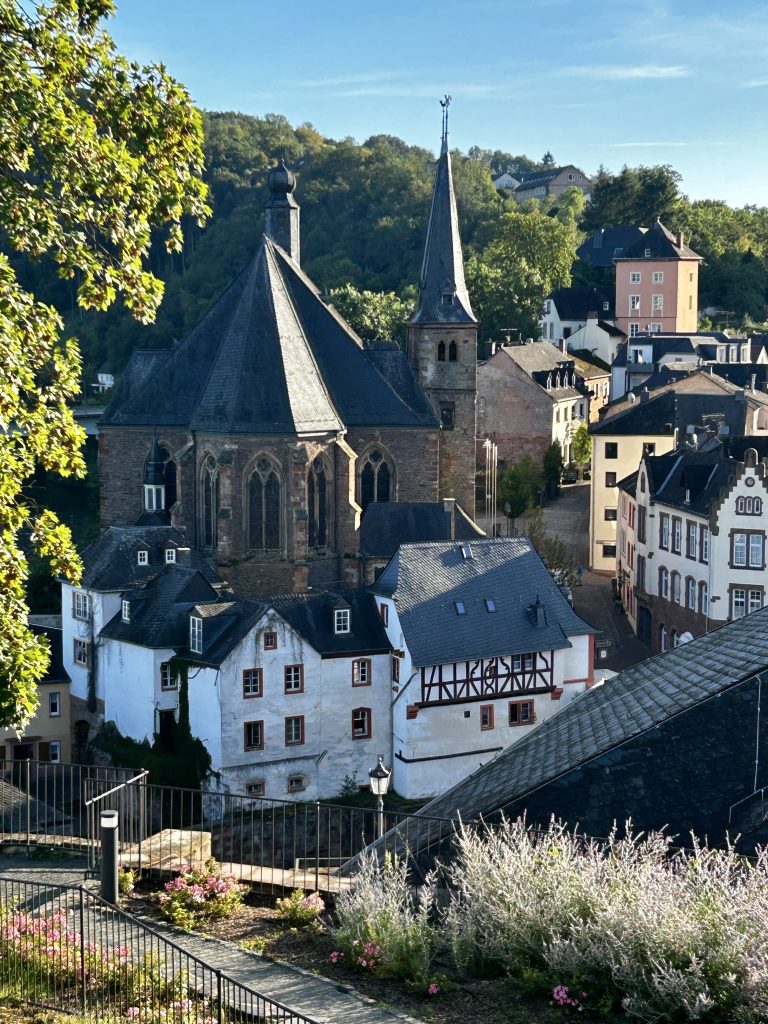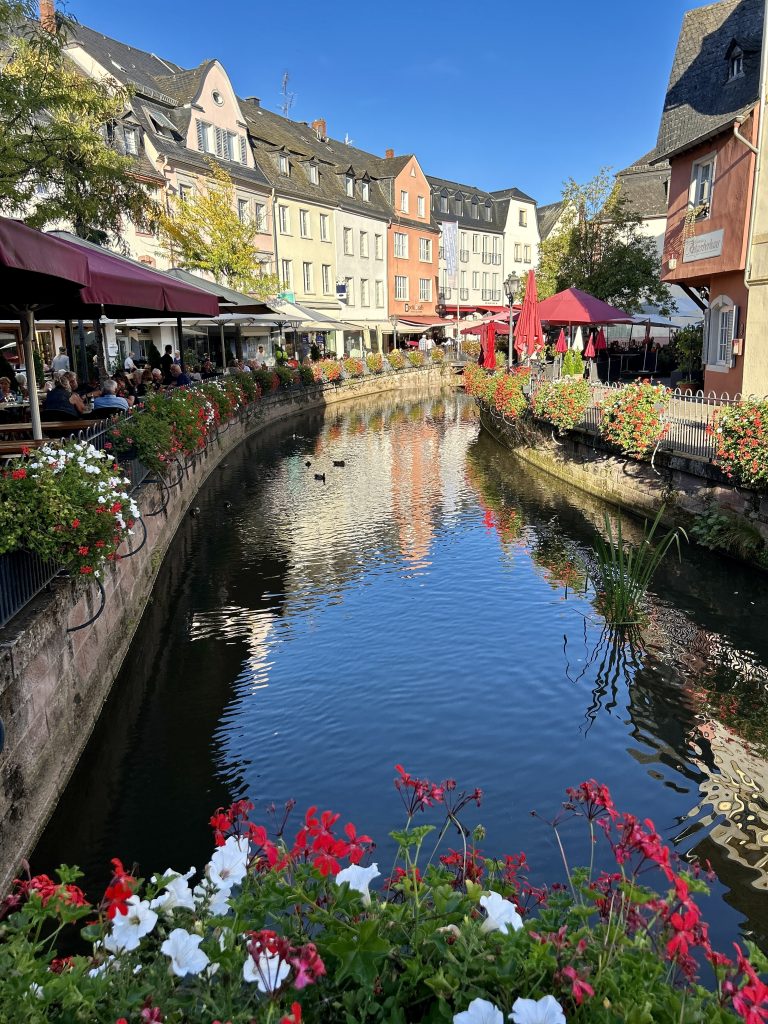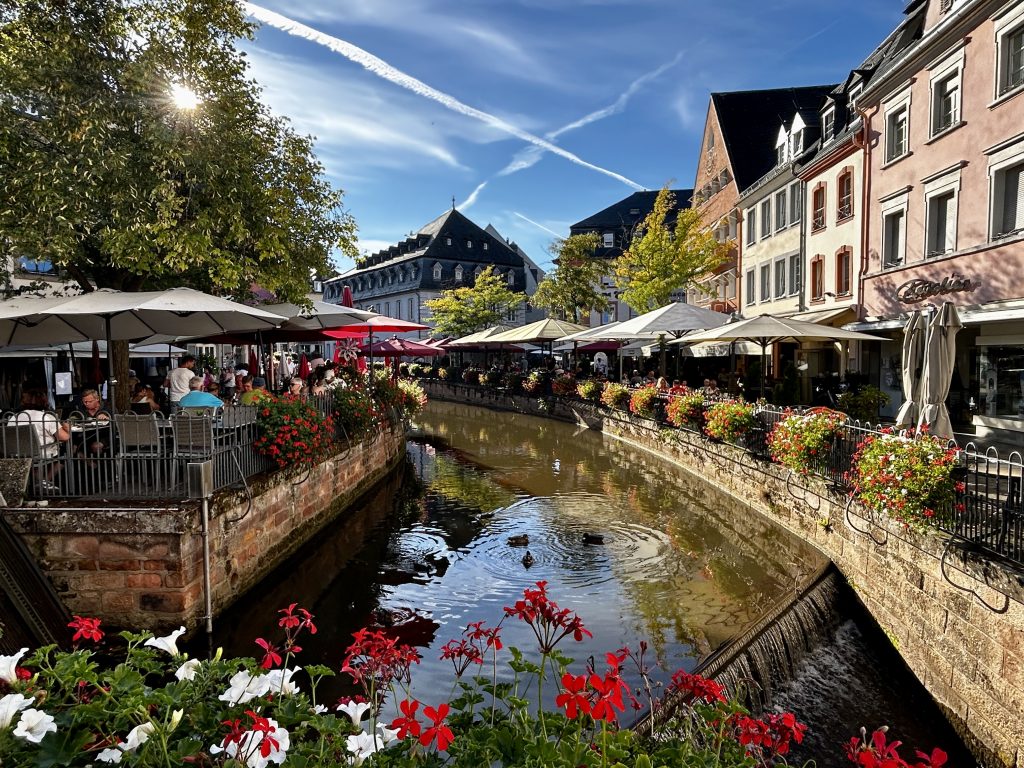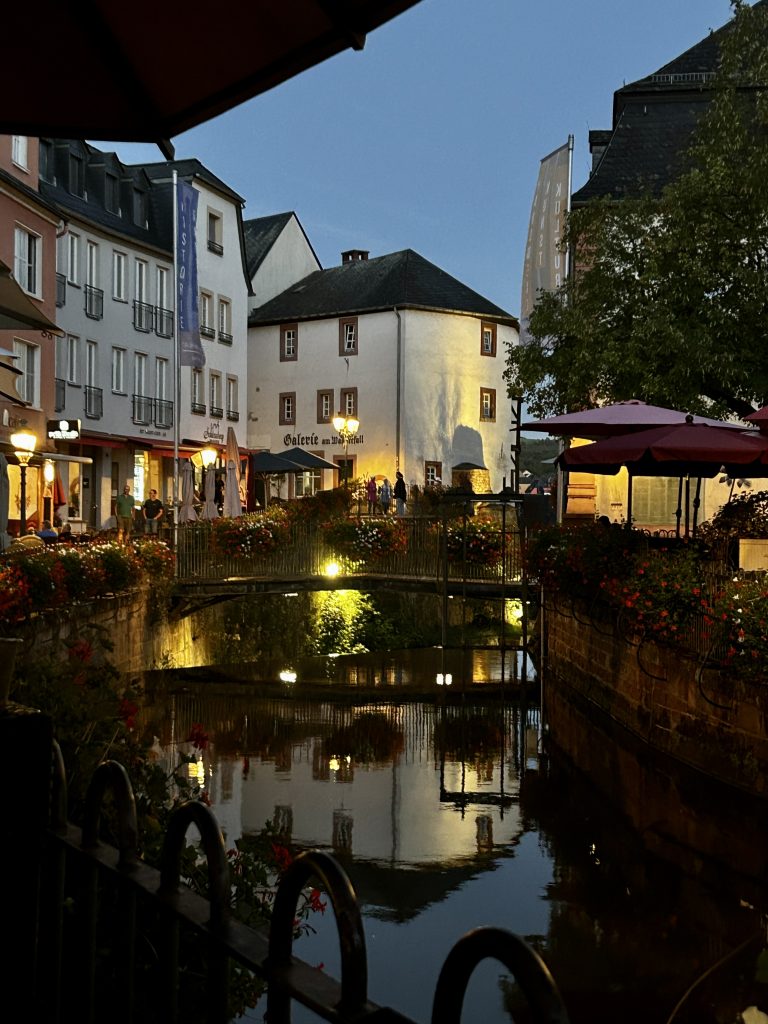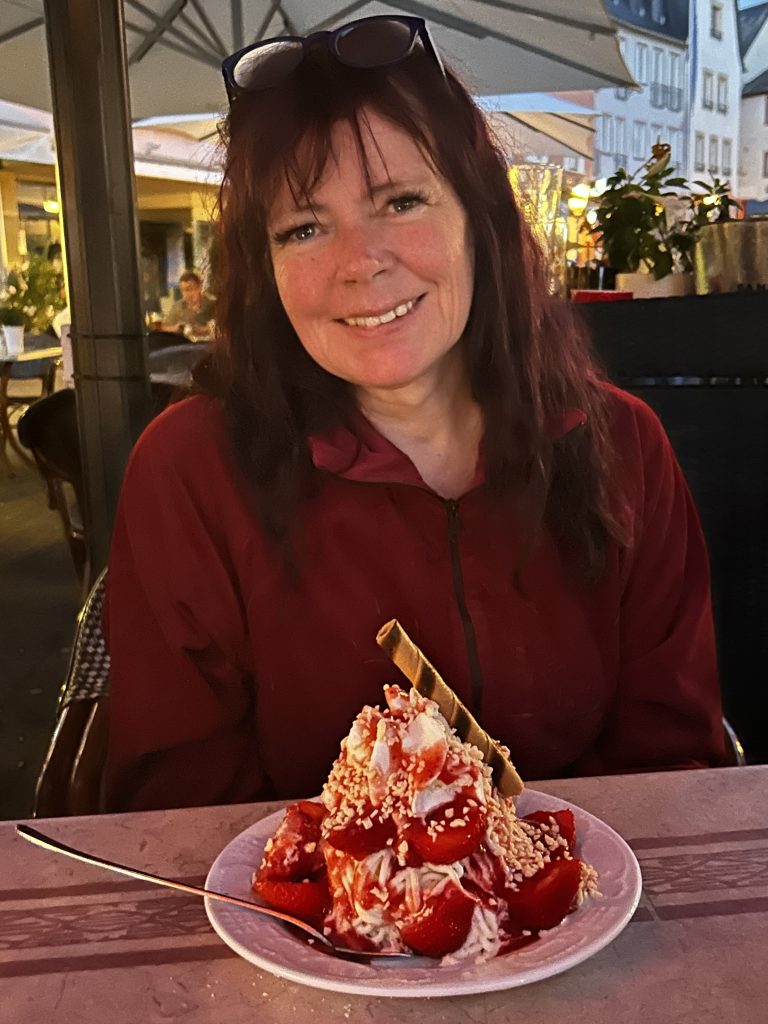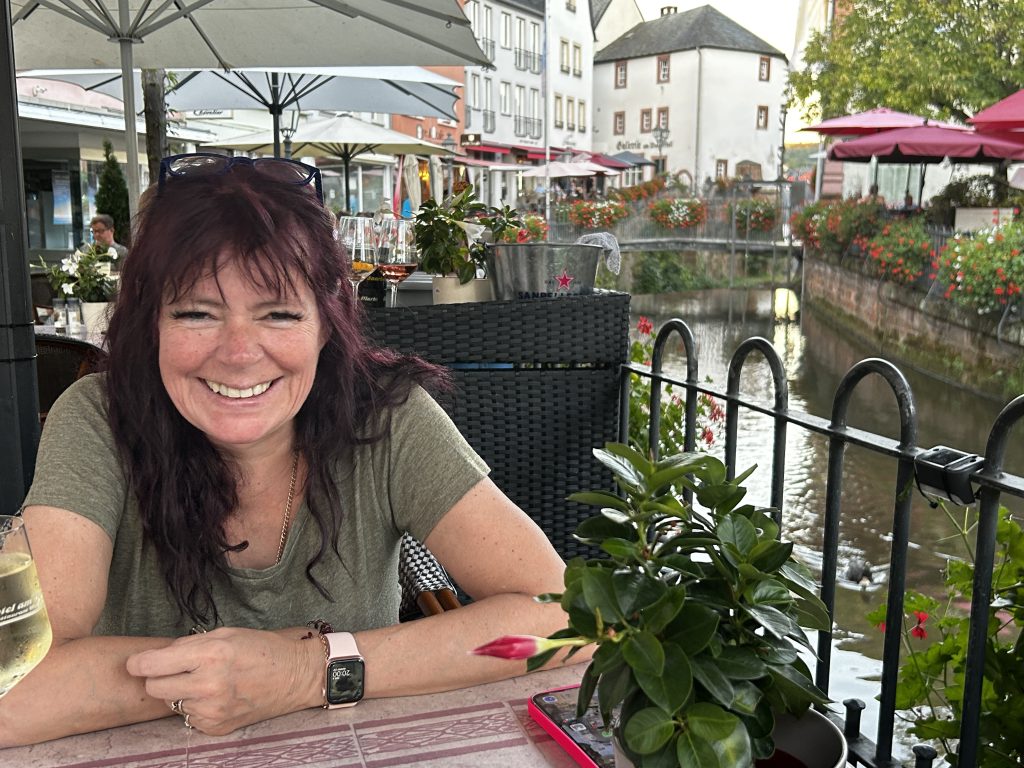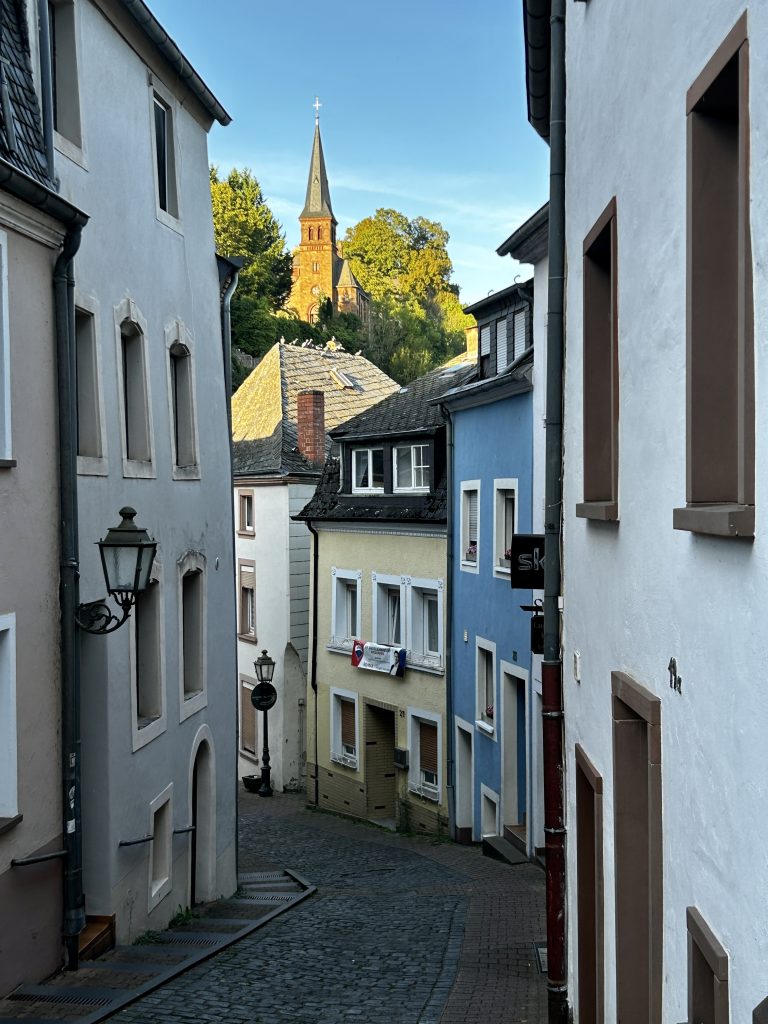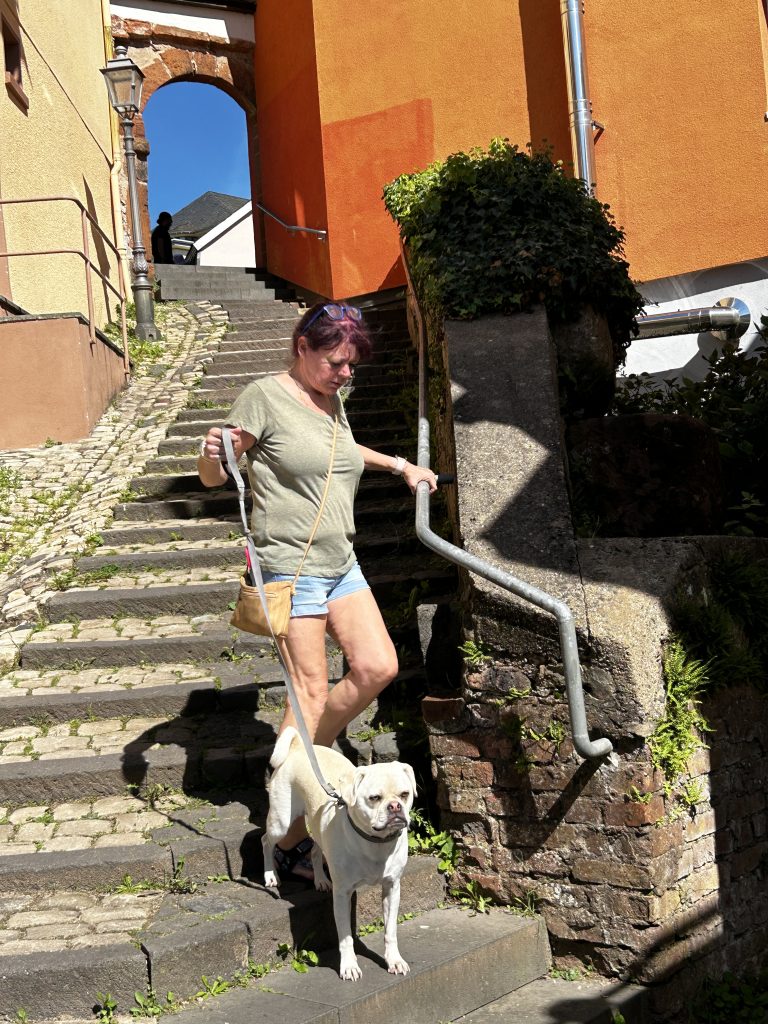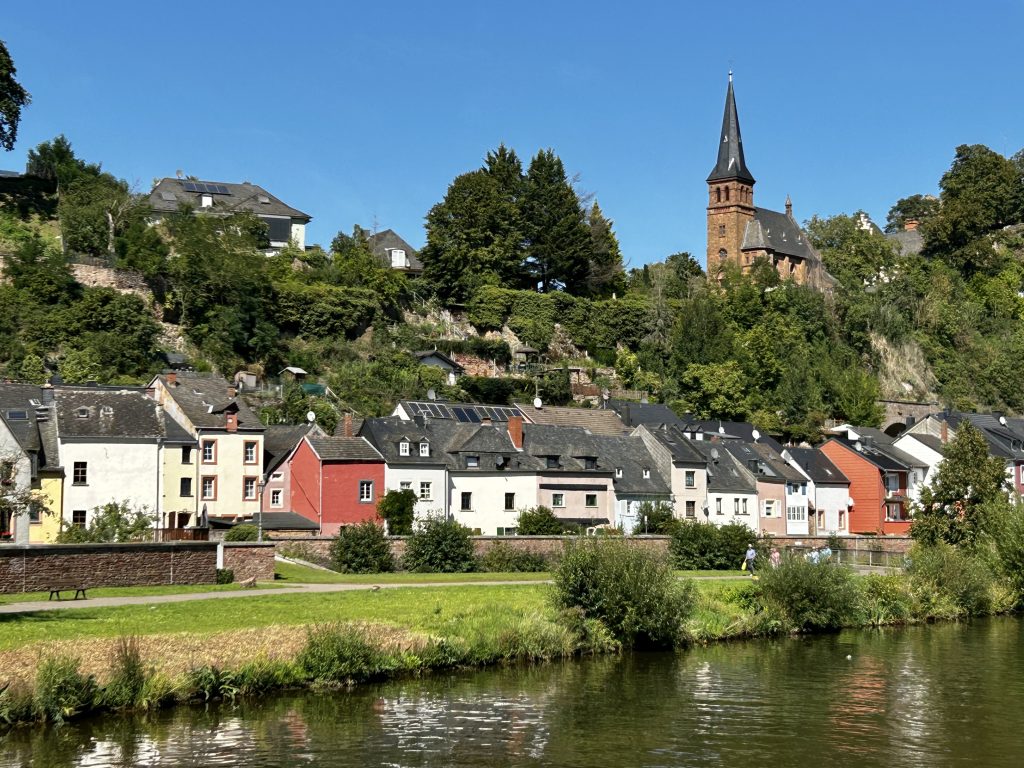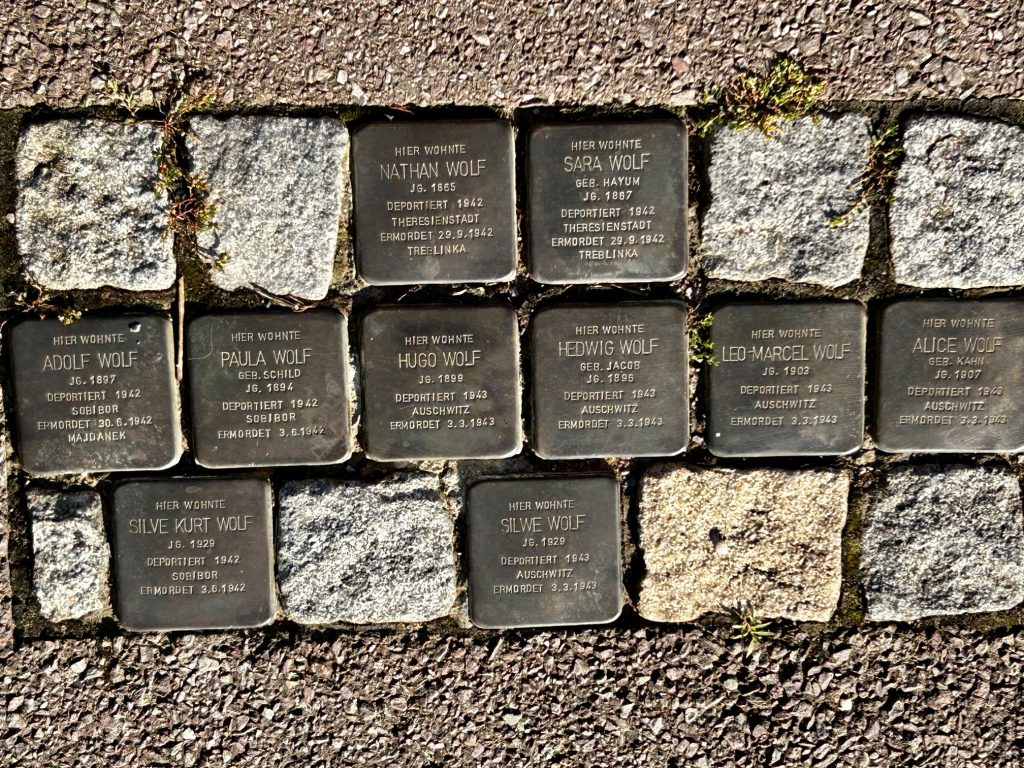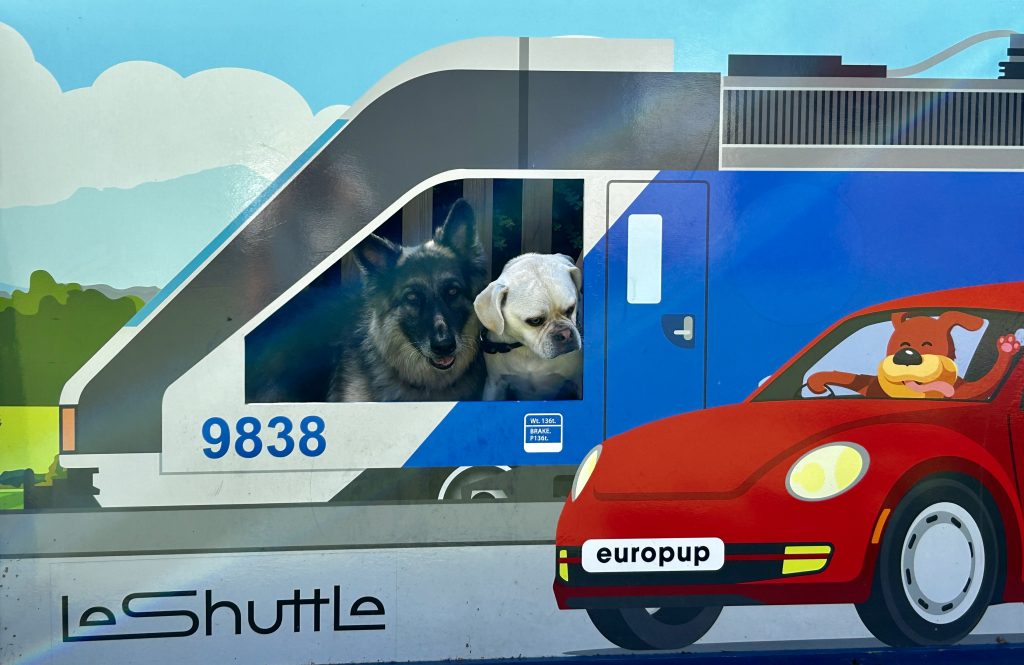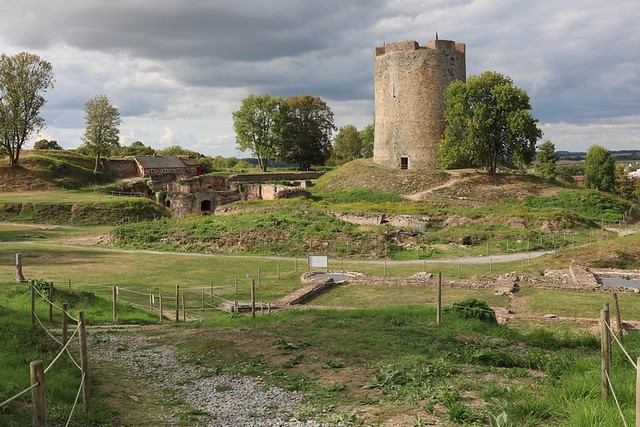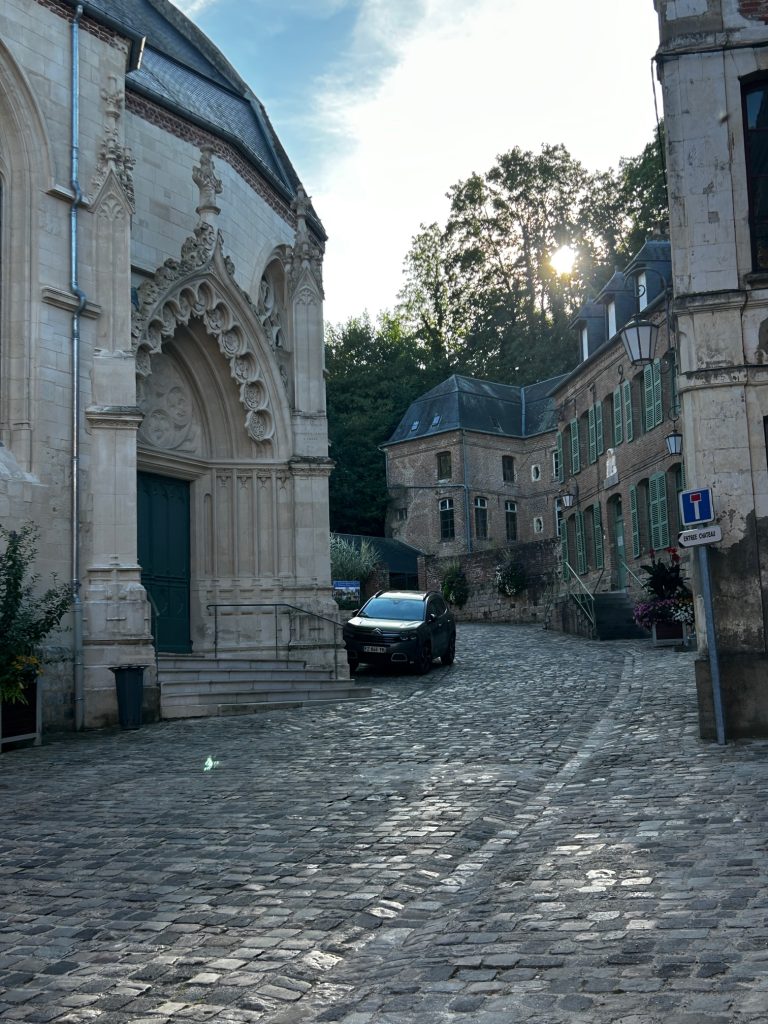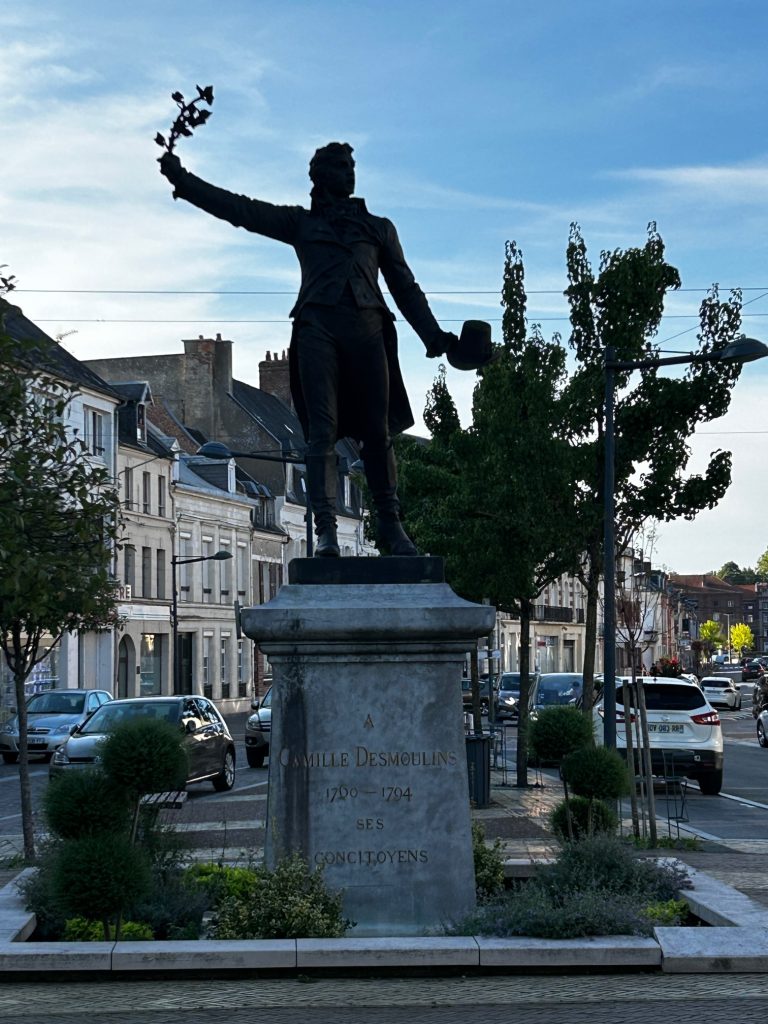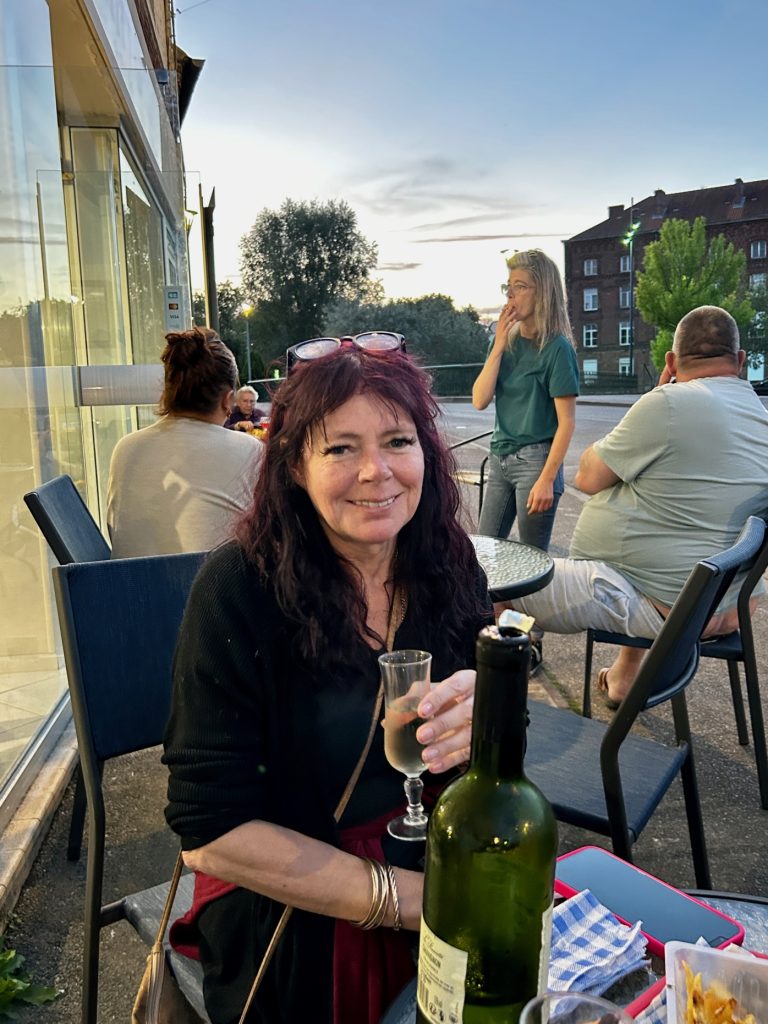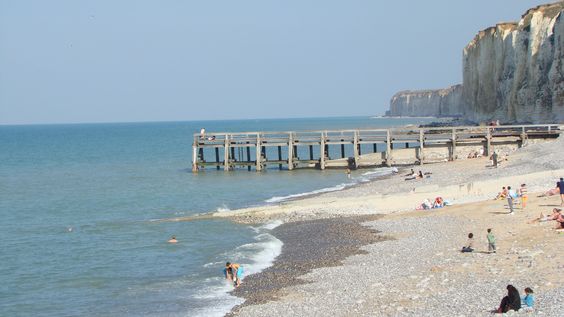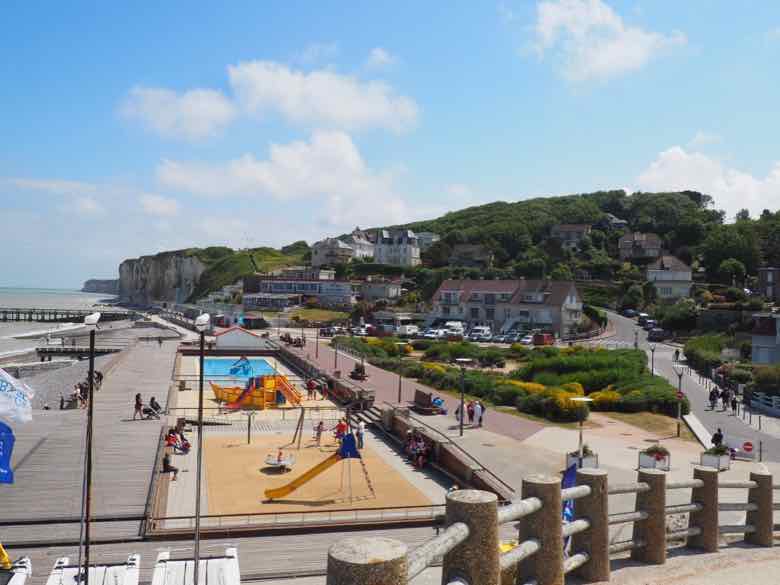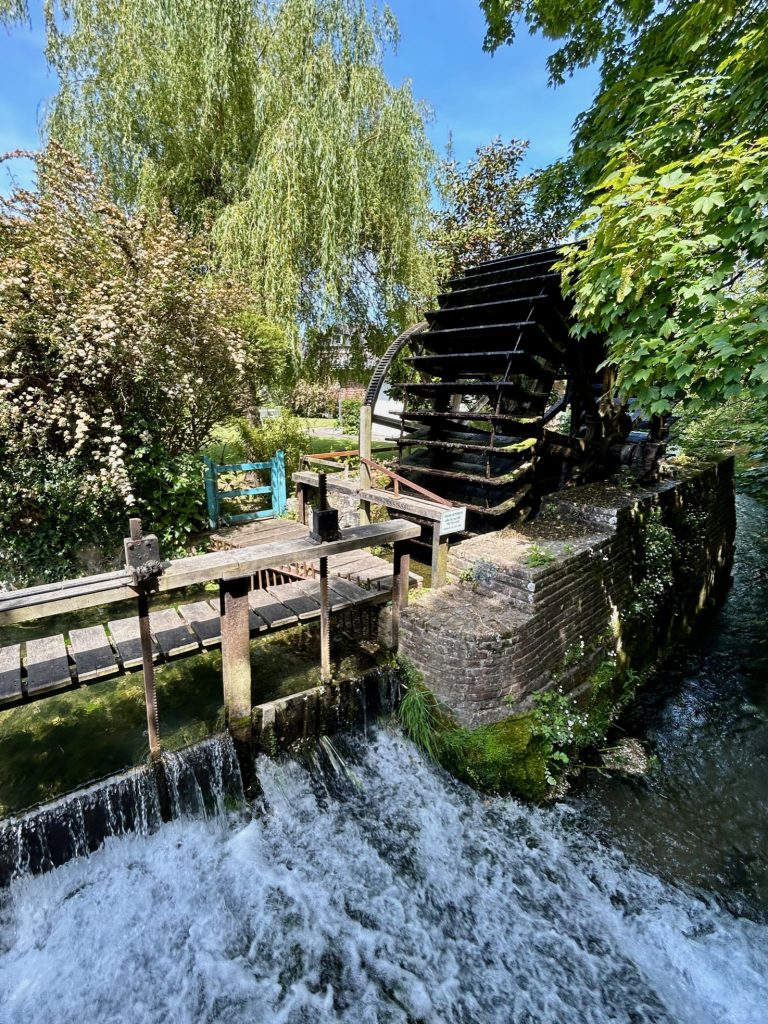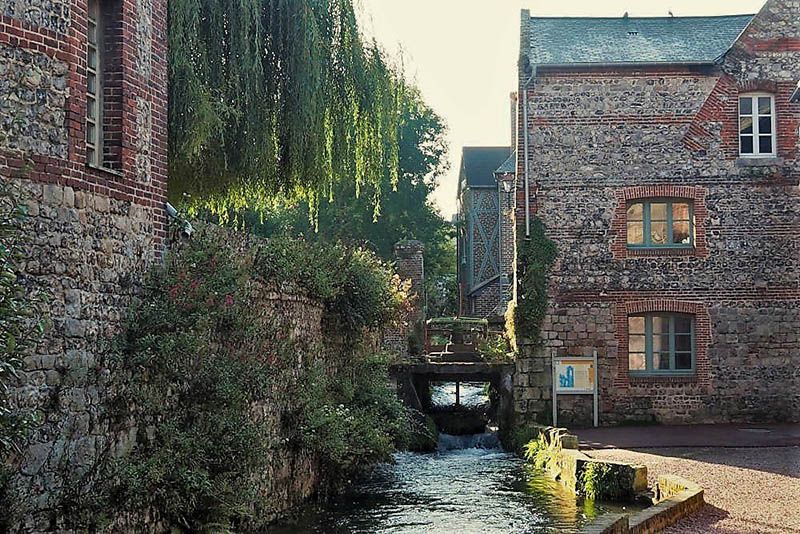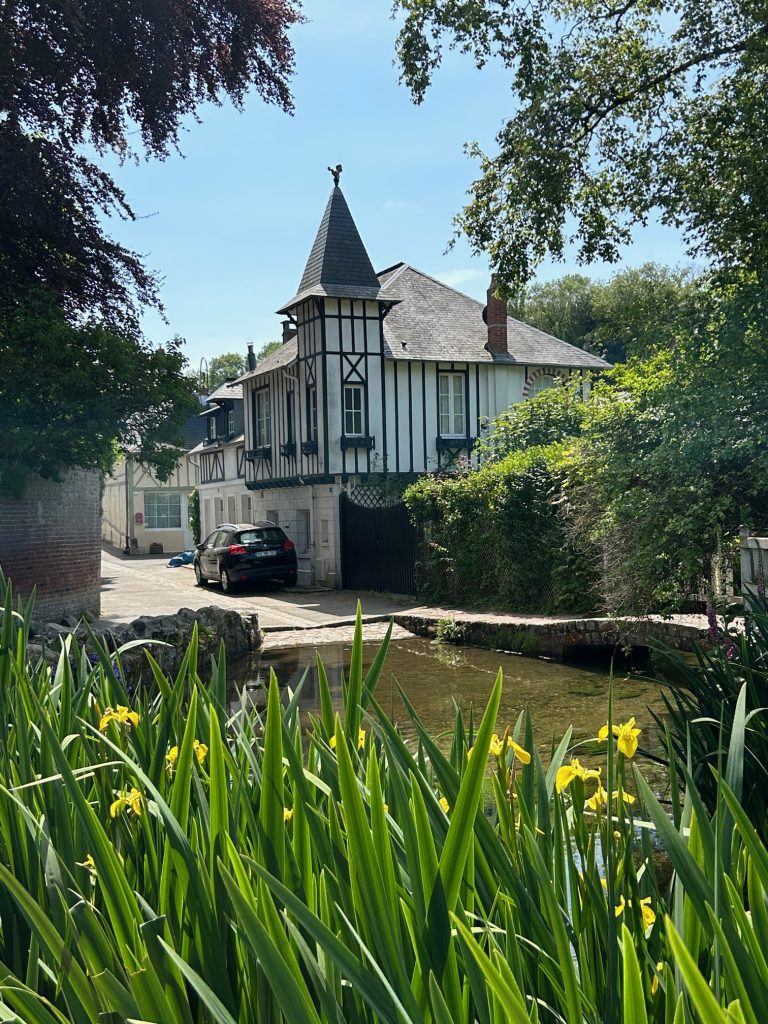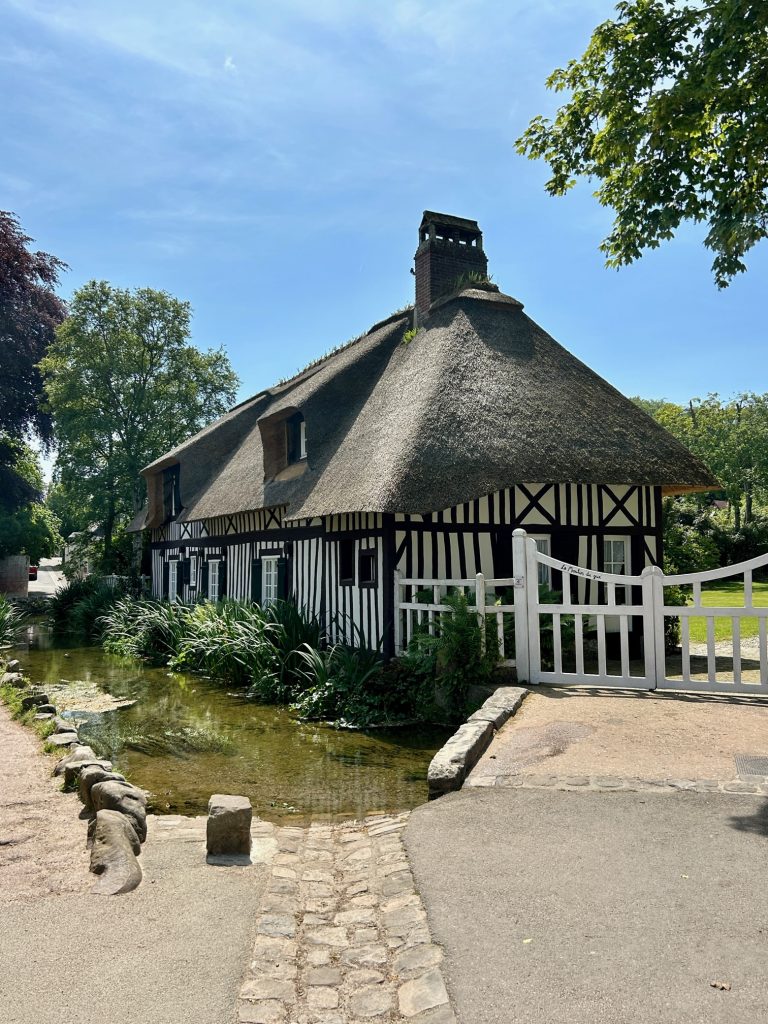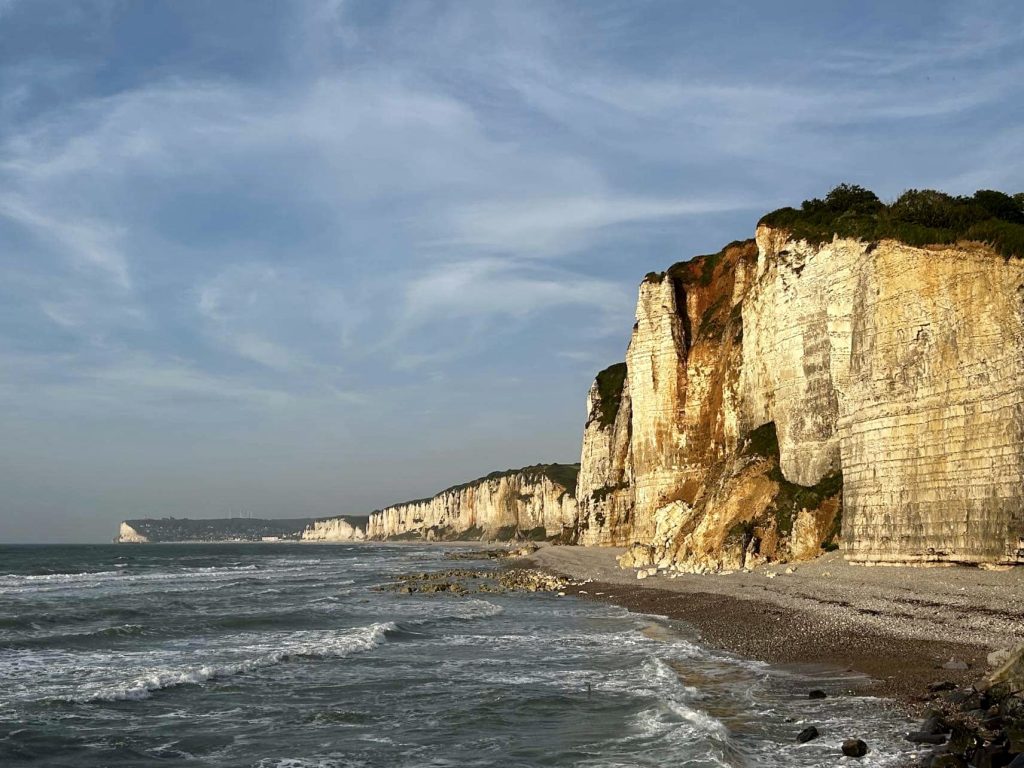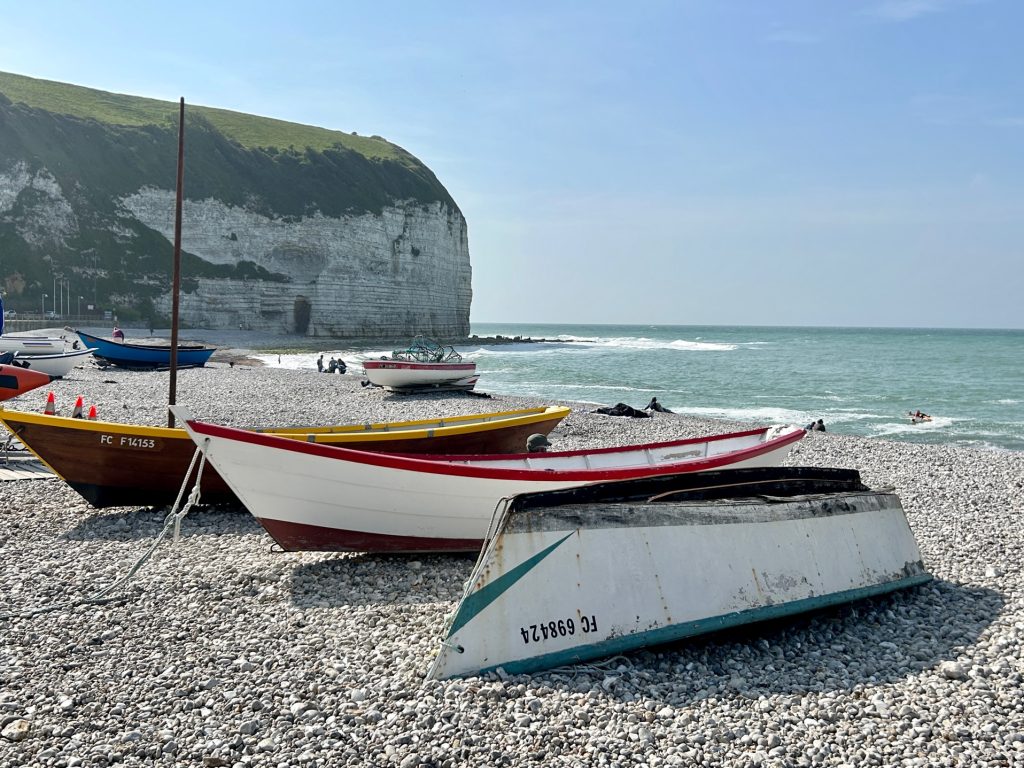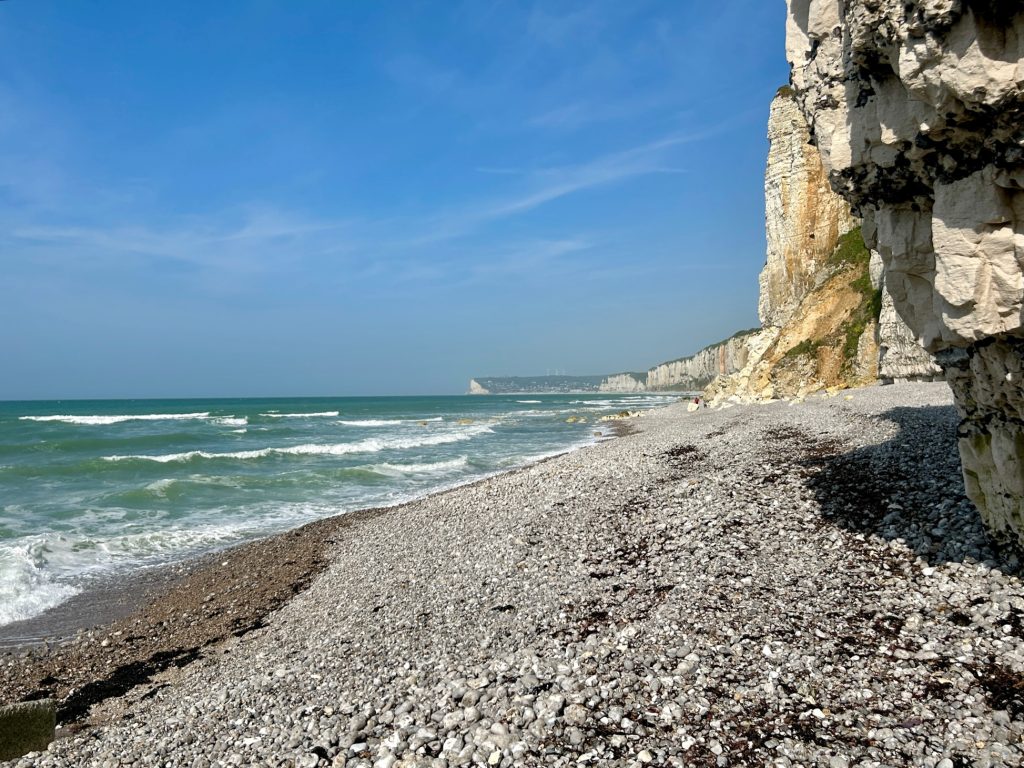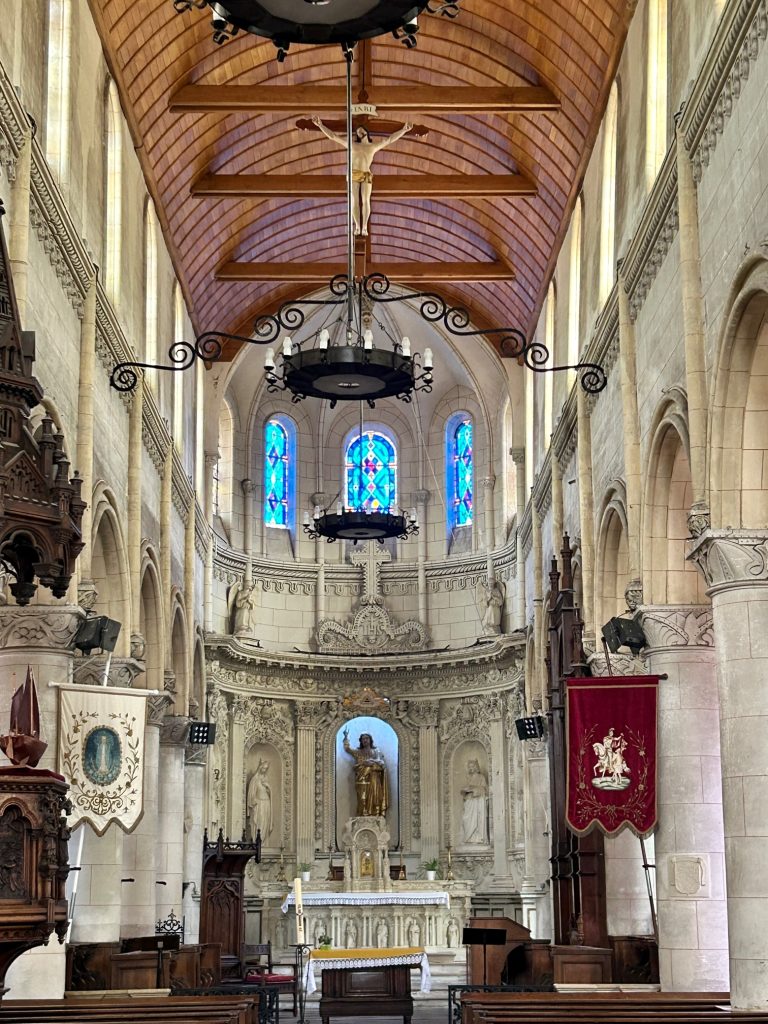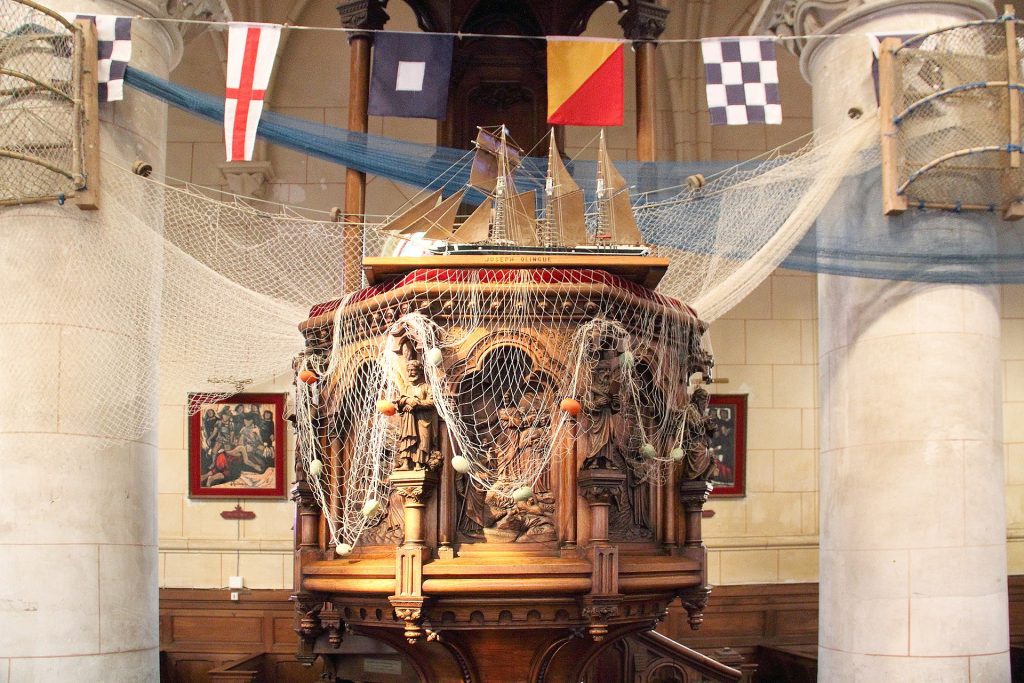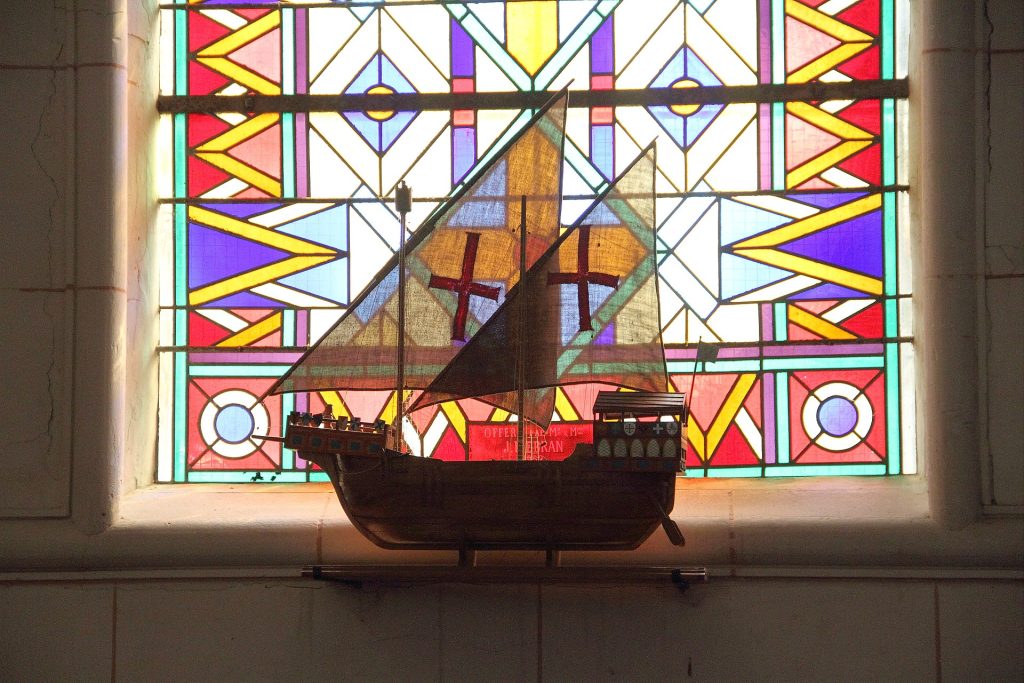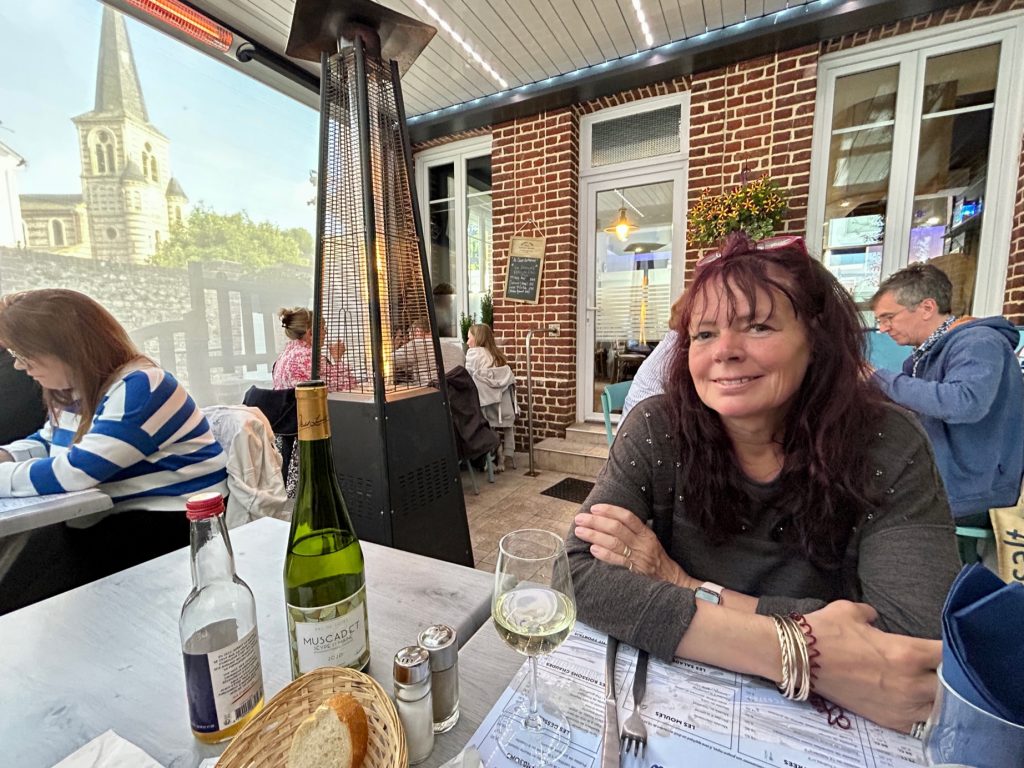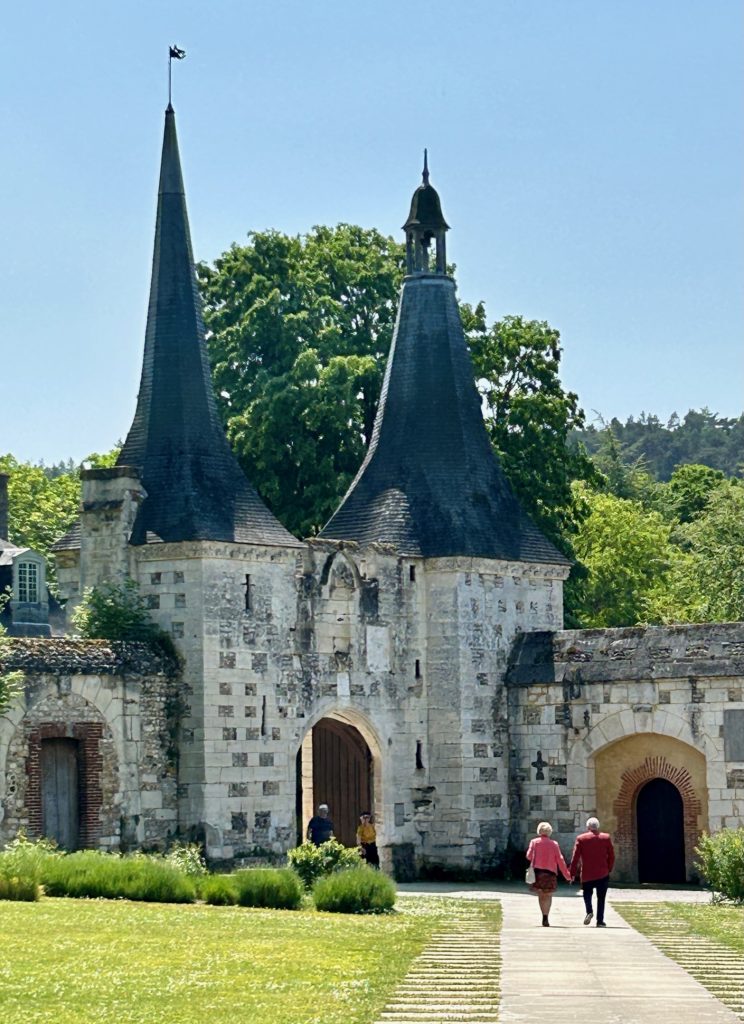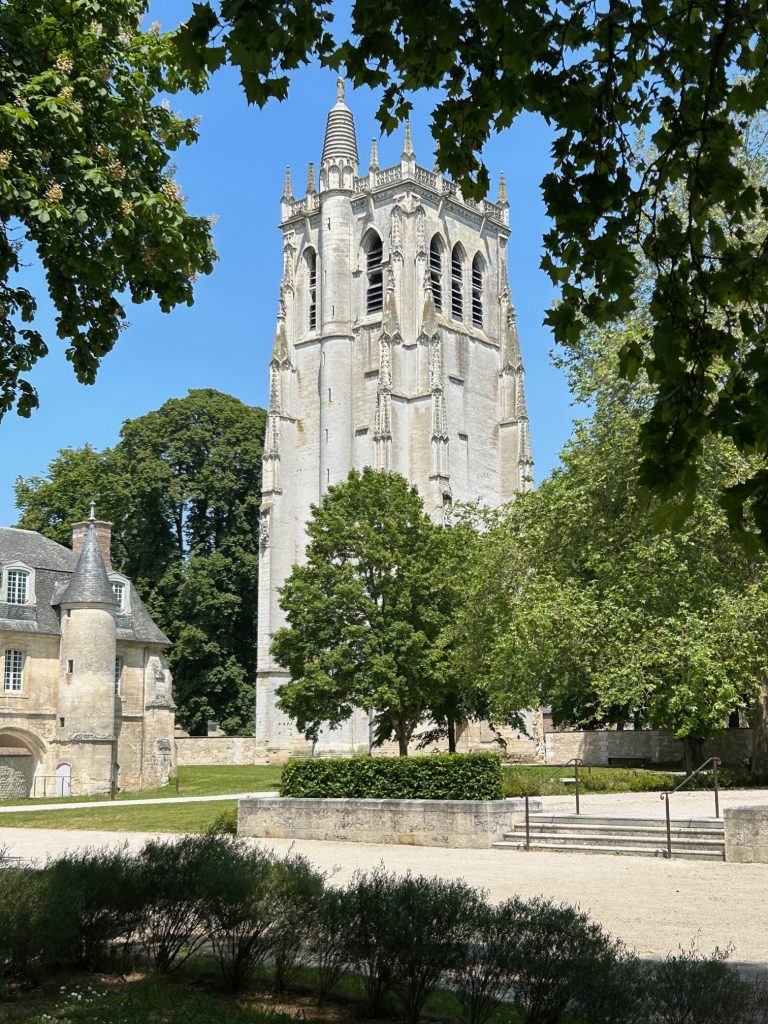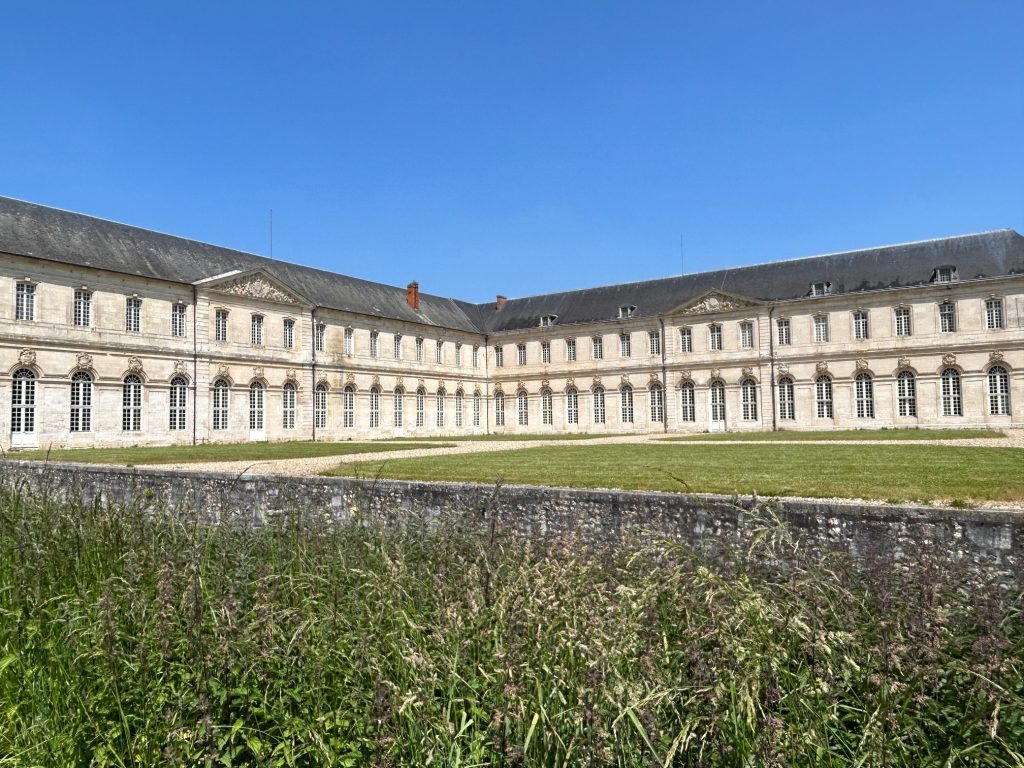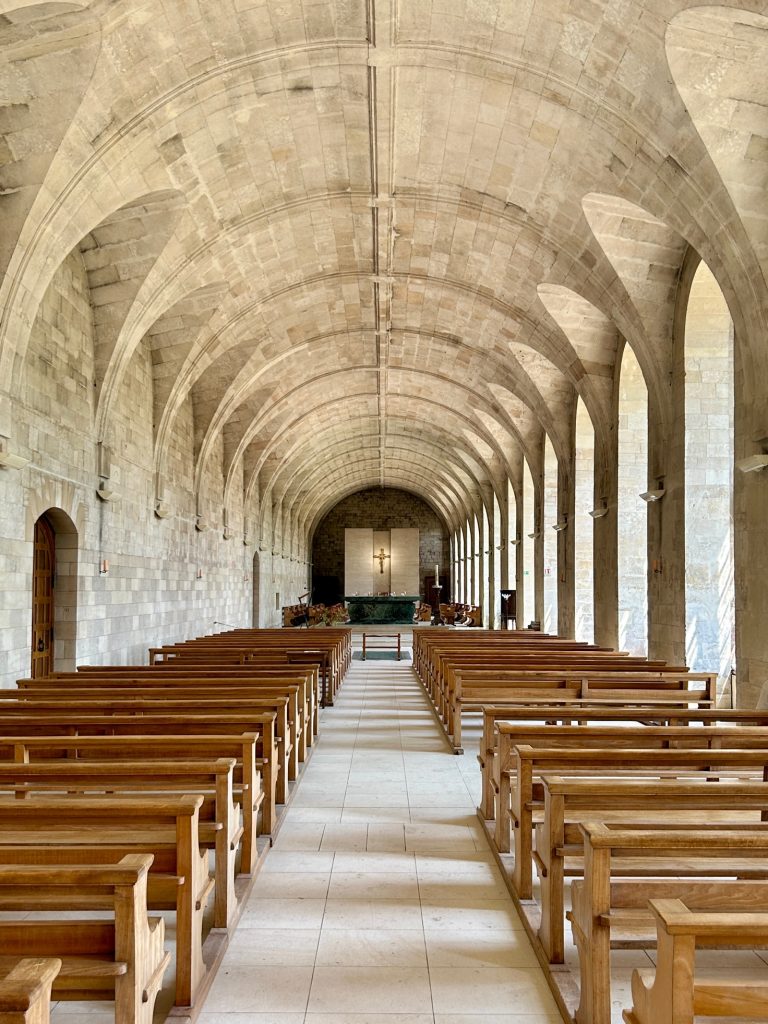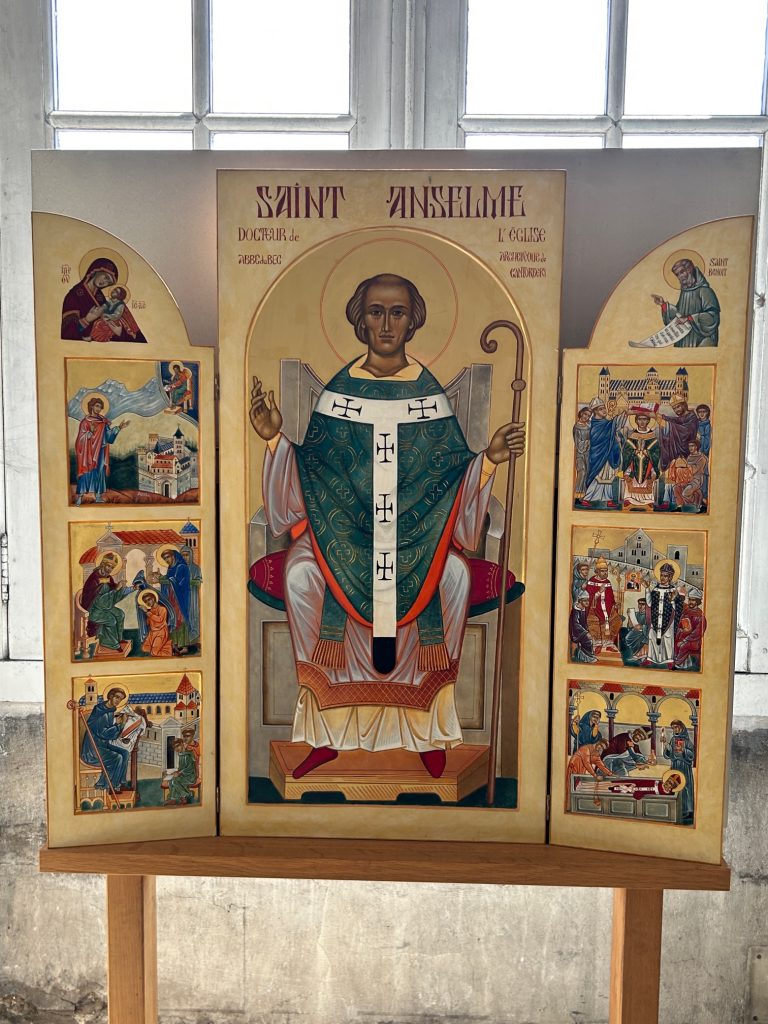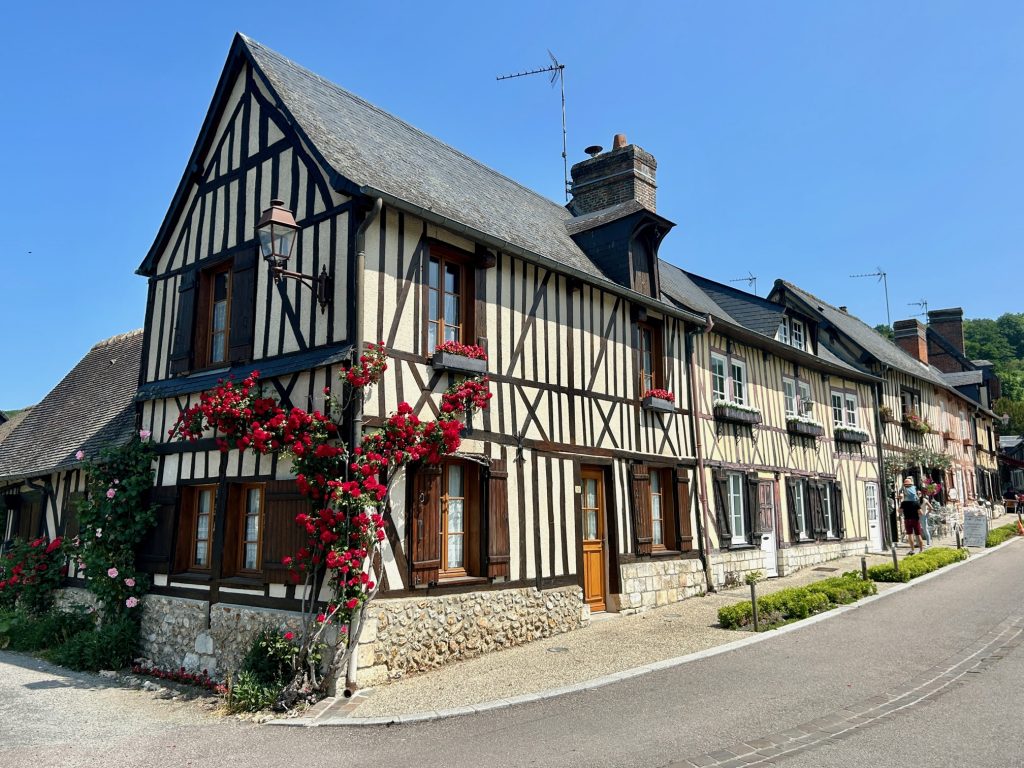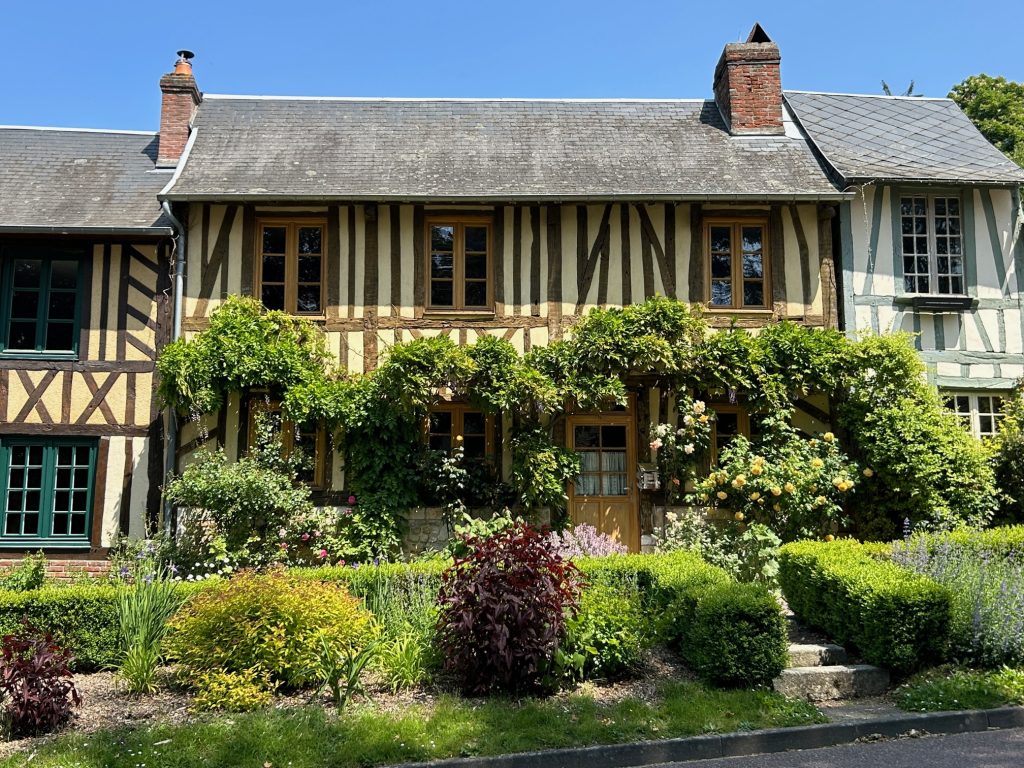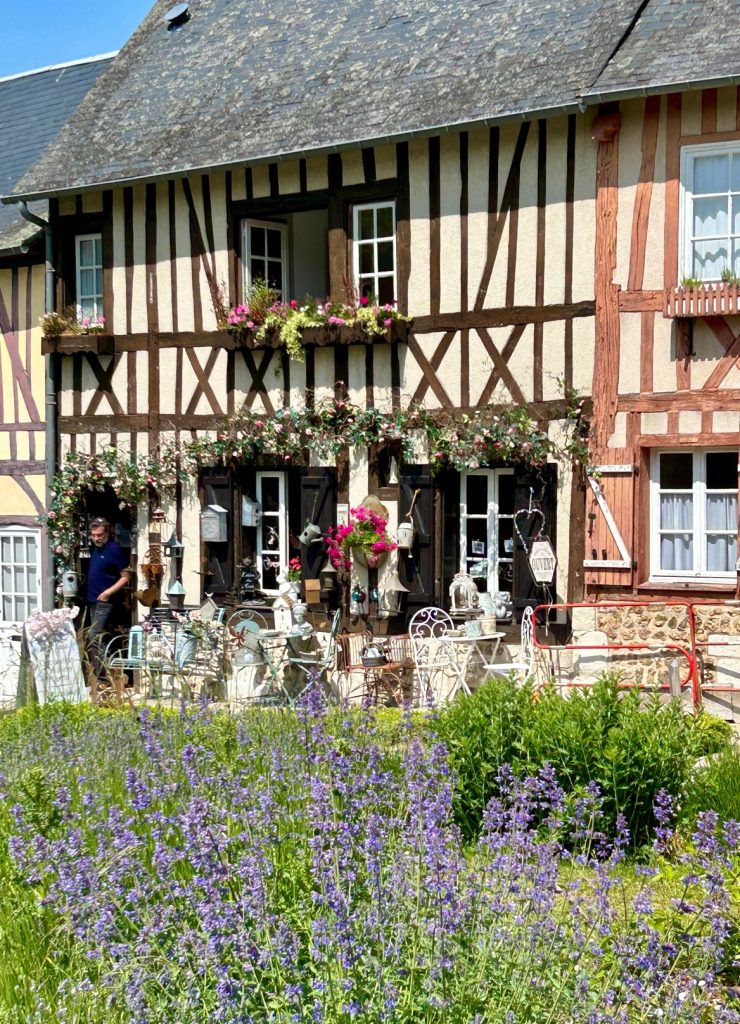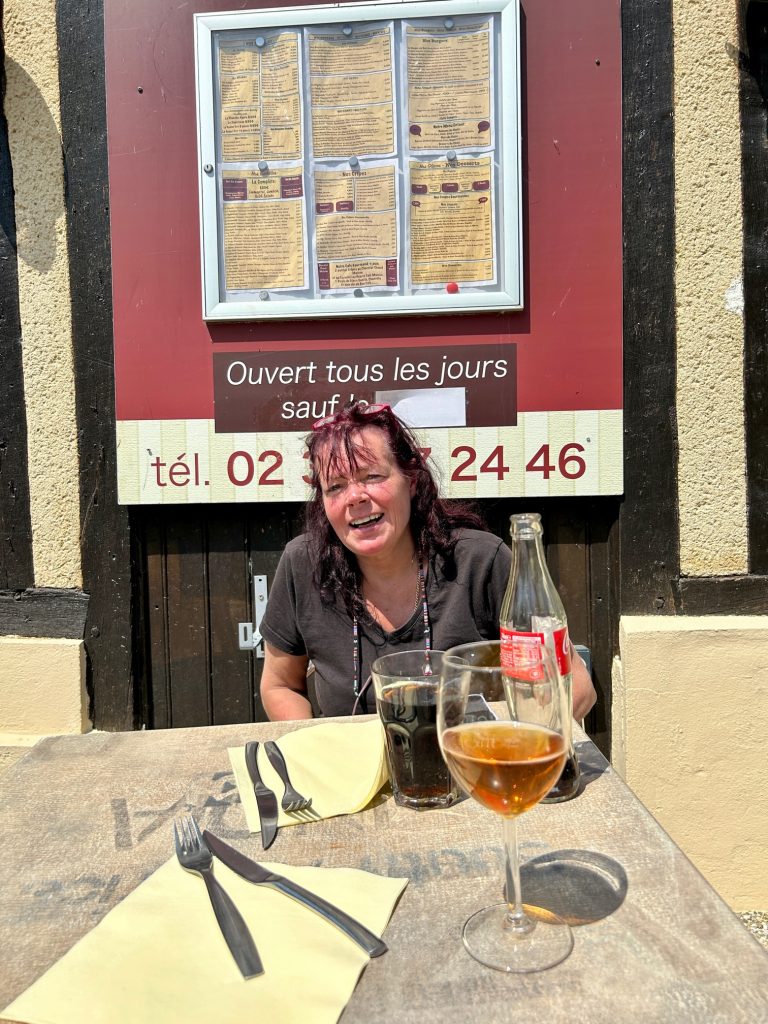After a third night in Triefenstein we headed off towards a campsite to the south of Bamberg, stopping on the way at the small town of Zeil am Main for a “look-see” and a spot of lunch. Zeil am Main is a town of almost six thousand inhabitants located on the right bank of the Main some 15 miles northwest of Bamberg. The town is known for it’s castle ruins (Schmachtenburg Castle) and for being the home of the long established Goller Brewery.
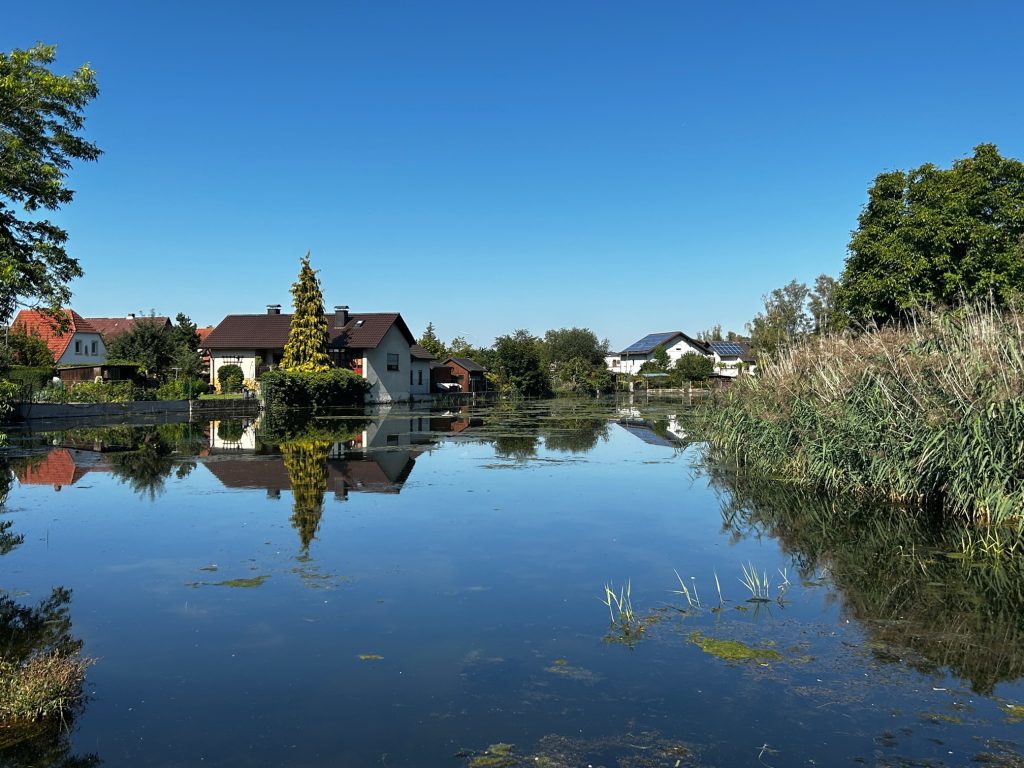
Motor homes are popular in Germany and most German towns have a decent stellplatz close to the town centre and so it is in Zeil am Main. We parked the Van on a virtually empty stellplatz in a pretty residential part of the town close to a large fishing pond and set off into the town. The first building of any note that we came across after entering the town proper was the Hexenturm or ‘Witches Tower’. During the 17th century Zeil am Main along with many other towns in the area, particularly Bamberg, was the scene of numerous witch hunts. Some 400 people from Bamberg and the surrounding area were burned at the stake after ‘confessing’ to witchcraft. Suspected witches were held and tortured in the Hexenturm in Zeil or in the Drudenhaus in Bamberg until they confessed.

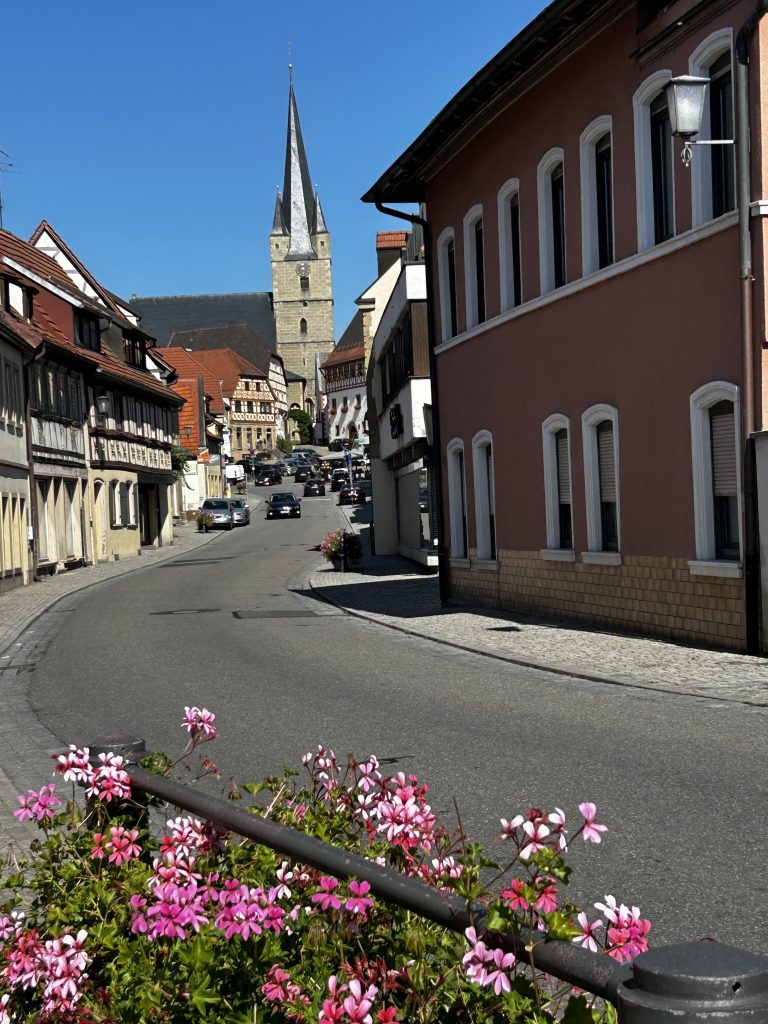
The second building of any note that we encountered was the Parish Church of Saint Michael which proved to be considerably more interesting than the Hexenturm. It’s a beautiful baroque style church with some impressive 14th century frescoes and an absolutely splendid ceiling. Outside the church is a remarkable little chapel, the Anna Chapel. Not many people know this but Anna was Mary’s mother (i.e. Jesus’s grandmother).
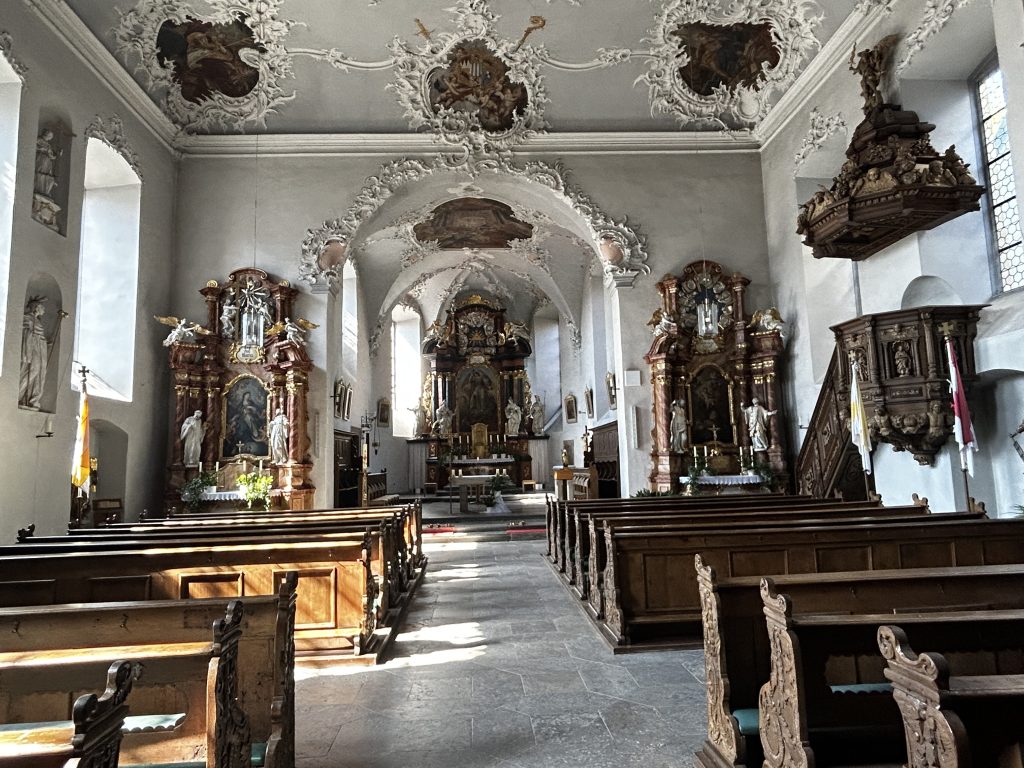


Leaving aside St Michael’s and the Hexenturm, there is not a great deal to Zeil am Main and I think it is somewhat overrated as a place to visit unless of course you are into beer.
Franconia is as much a beer producing region as it is a wine producer and I was keen to see and perhaps enjoy lunch at one of the large local breweries. They are famous in this area for organising large rowdy parties on a daily basis where a wide range of craft beers and good local food is served in the brewery beer gardens. Almost immediately after arrival in Zeil am Main we were lucky to stumble upon one of the town’s more famous breweries, the Brauereigaststatte Goller (which dates back to 1514) and events in their beer garden were in full swing with countless large steins of beer and great plates of the local dish (i.e. “Schaufele”) in evidence everywhere. Even Vanya whom I have never seen drink beer was keen to try the place out but unfortunately, Goller’s tables are available on a first come-first served basis only and we lucked out. The place was already heaving with people as we arrived.
We had to settle on a nearby Greek Restaurant which was a poor substitute and to cap it all their food was rubbish. Instead of “Schaufele” I had to settle for a tasteless pork schnitzel and Vanya’s dish looked and tasted even worse.
In case you are wondering, “Schaufele” translates to “shovel” and what you get when you order this dish is a small shovel of pork (with potato dumplings). It looks so tasty…
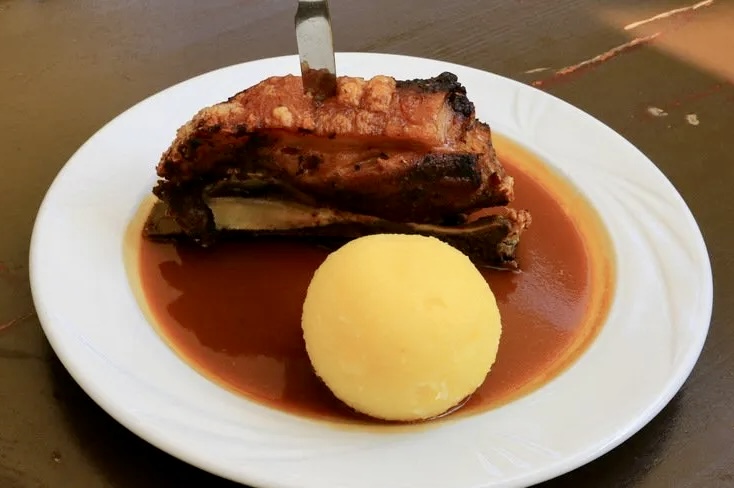
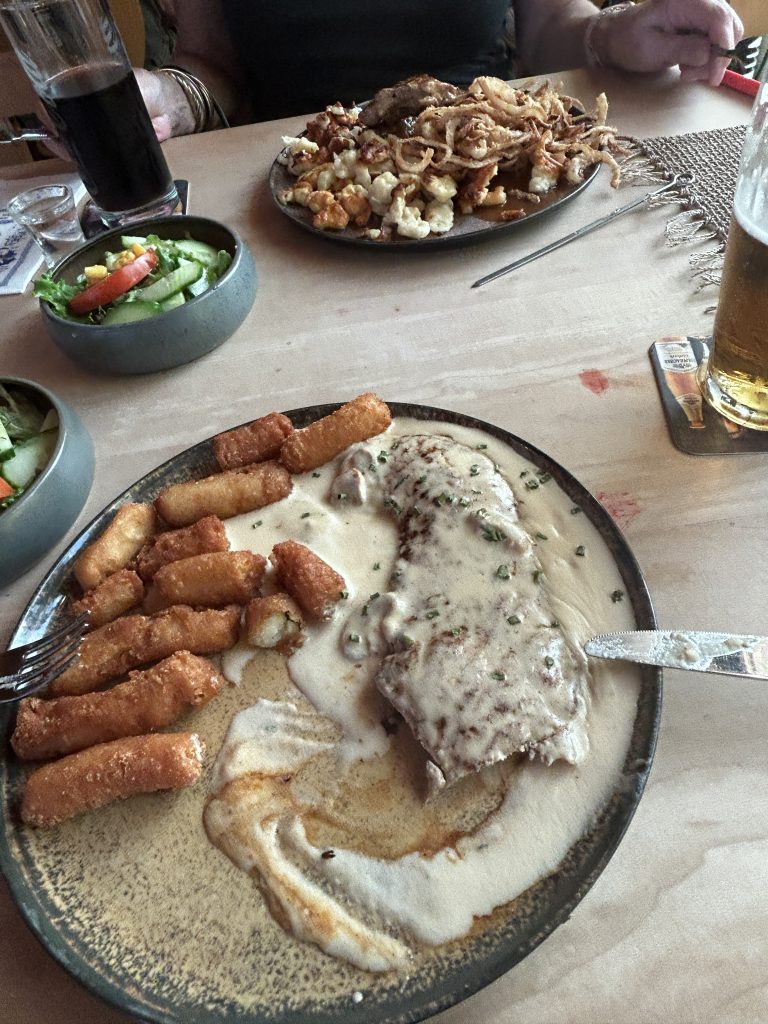

After lunch we made time to walk more around the town but as has been mentioned above there is not a great deal else to see.
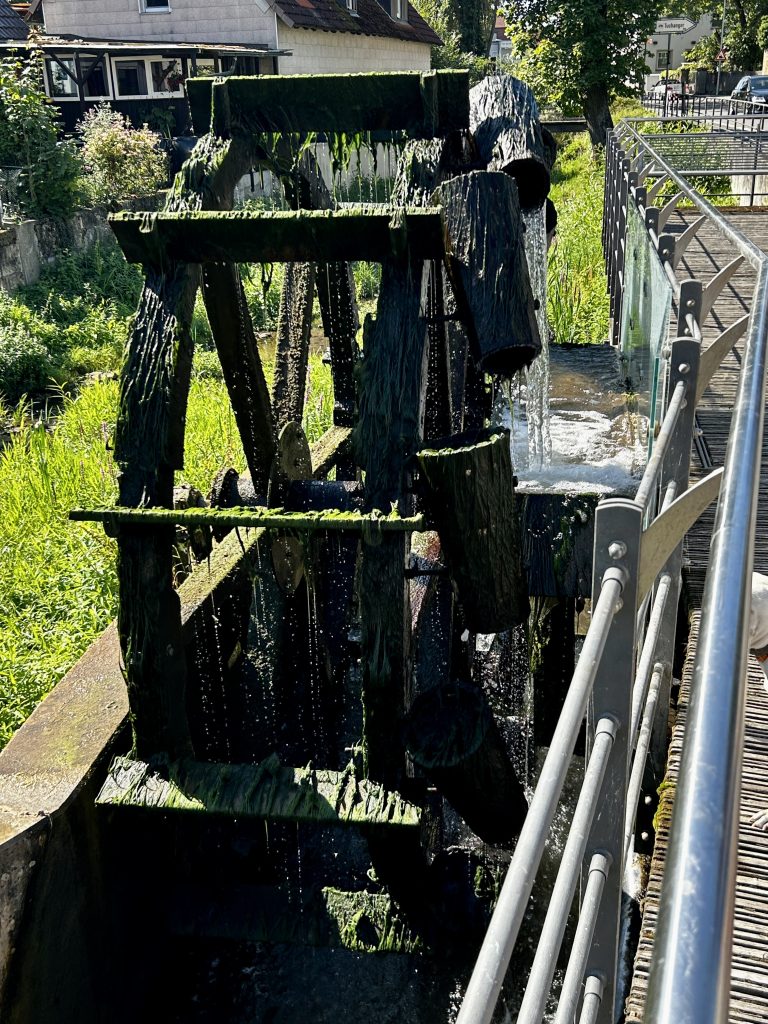
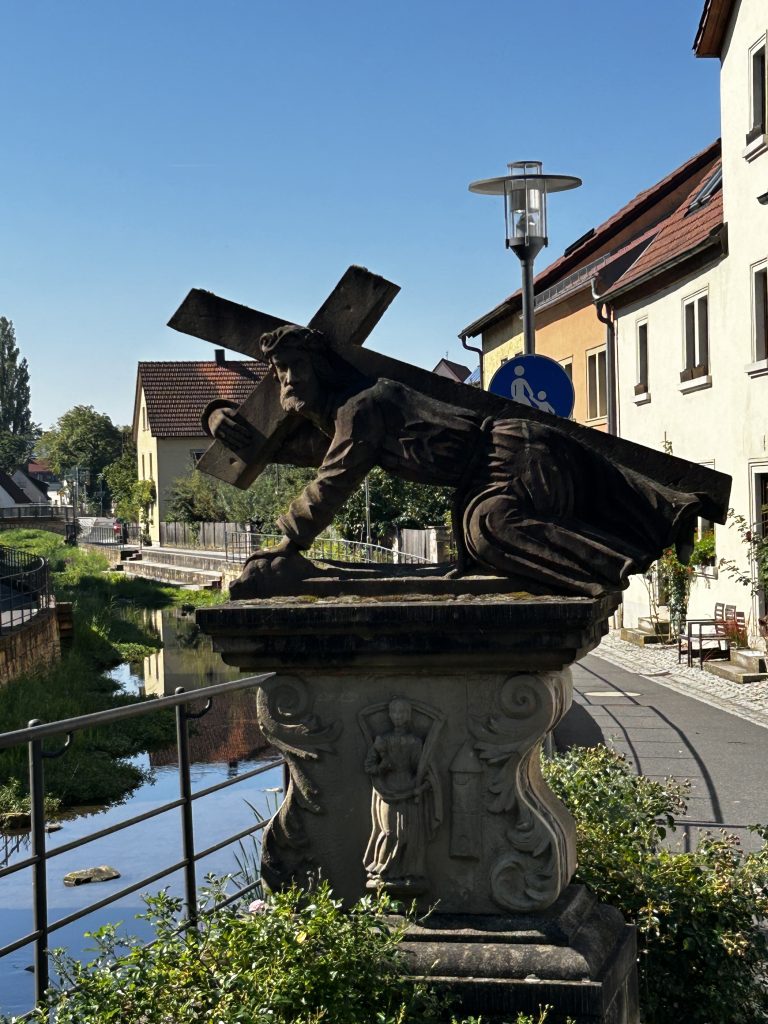
I considered walking up to the ruins of the 14th century Schmachtenburg Castle (Vanya didn’t want to know) but I’d seen some photos (see below) and decided, rather wisely I thought, to give it a miss.
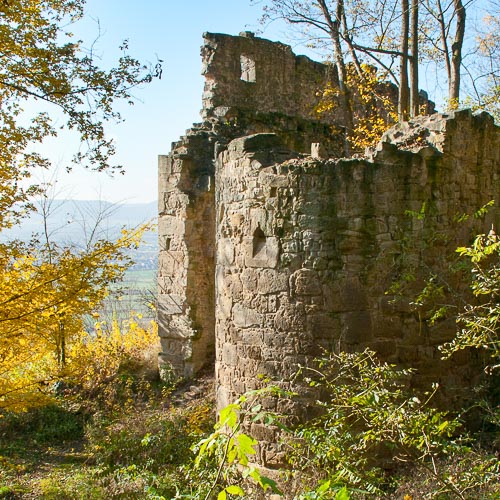
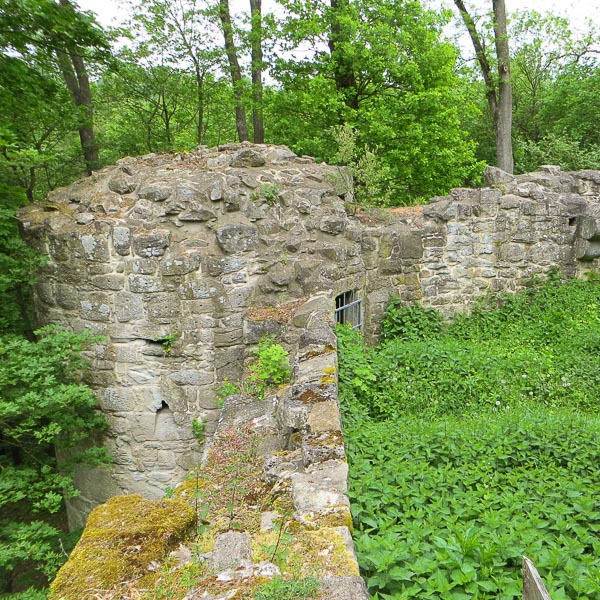
And so we moved on to ‘Camping Island Bamberg’ in neighbouring Upper Franconia for a couple of nights. We had it in mind to visit another small town famous for it’s beer – Forchheim.

